Eastman Guitars debuted the E10SS and E20SS acoustics at Summer NAMM. The slope-shouldered models are almost identical, with Adirondack spruce tops, but the E20SS has rosewood back and sides (MSRP:$1,500) and the E10SS has mahogany back and sides. (MSRP: $1,375).
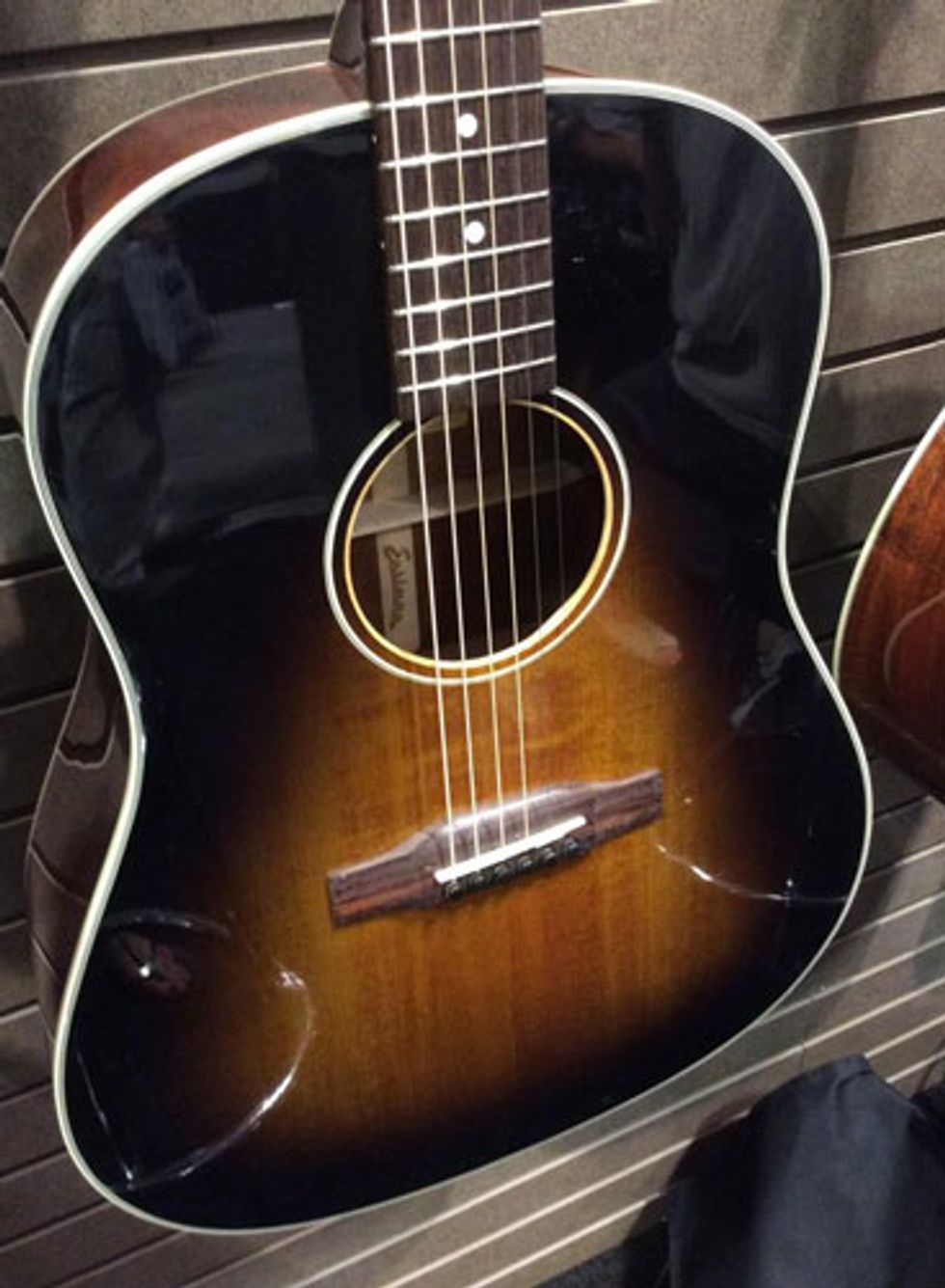
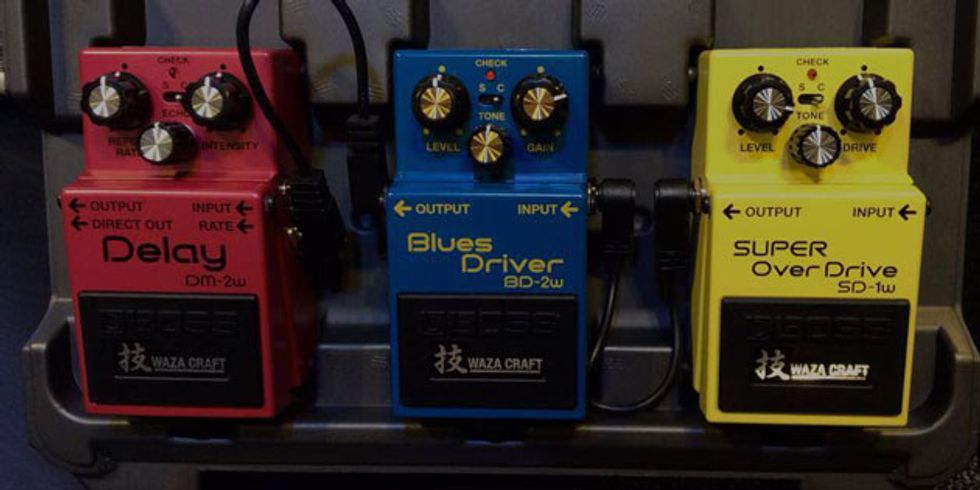
BOSS U.S. brought three new boutique "Waza Craft" versions of classic analog designs to Summer NAMM. All three feature the original three-knob control scheme, in addition to a toggle that switches between the original circuit ("standard" mode) and a "custom" mode. The DM-2w Delay ($175 street) has 600 ms of delay in custom mode, as well as a continuous controller input to control delay rate with an external pedal. Meanwhile, in custom mode, the BD-2w Blues Driver and SD-1w Super OverDrive ($145 each) have a sweeter, more spongy and sustained feel.

Roland U.S.'s new Blues Cube amps take a bit of a departure from past designs with what the company is calling Tube Logic circuitry. Both the larger Artist and the smaller Club versions feature a two-channel architecture that models 6L6-driven classic tweed amps, and feature a 3-band EQ, output attenuation, reverb, and a 12" speaker. The 80-watt Artist also features tap-tempo tremolo and a presence control for $899 street, while the 60-watt Club lacks these, as well as some footwitchability, for $699 street.

The new Deering Goodtime Solana 6 is a nylon-string banjo with six strings, a Kavanjo piezo pickup, an Indian Rosewood bridge plate, and a 3-ply violin maple grand 12" rim. MSRP: $899
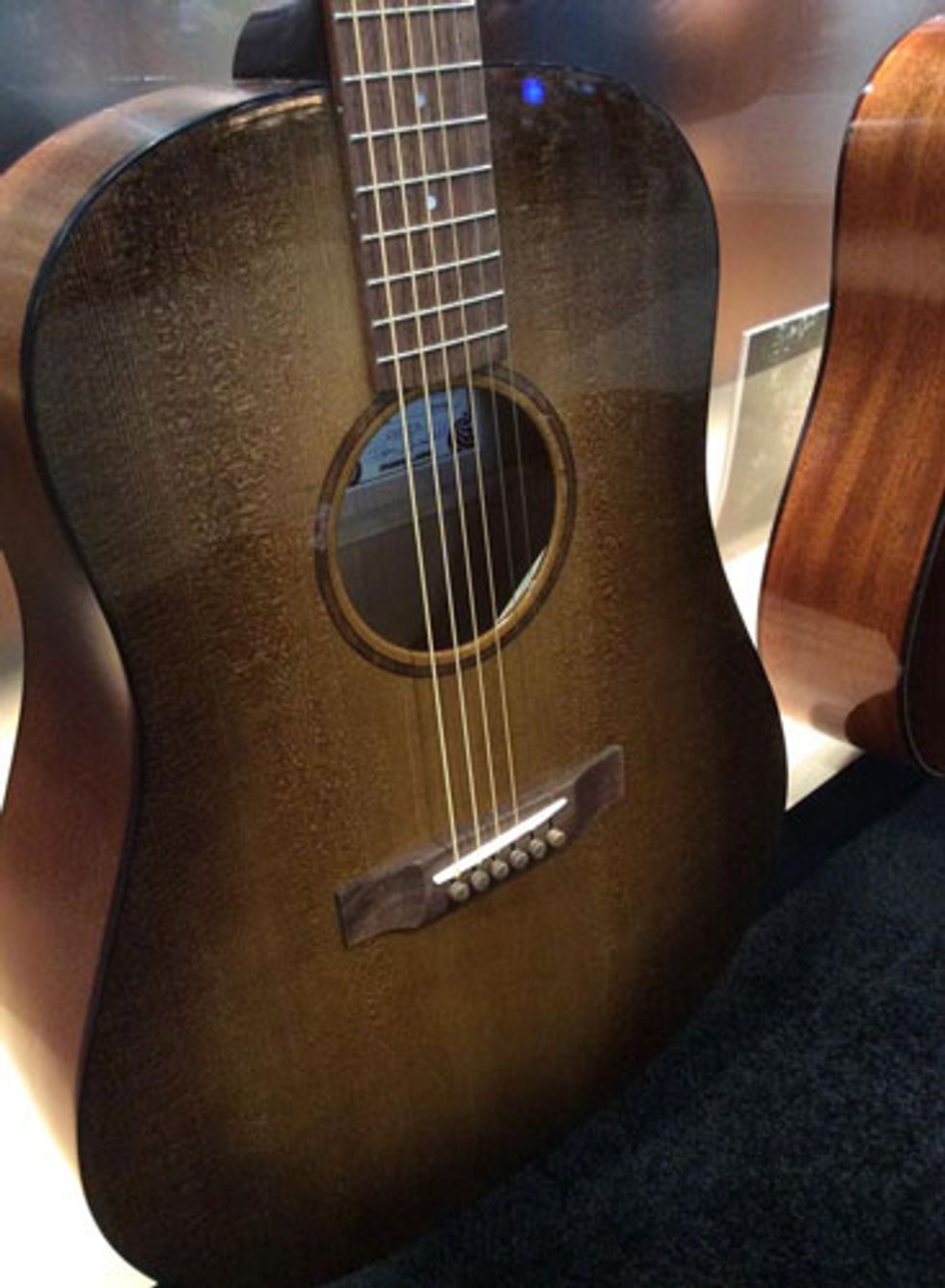
The latest dreadnought from Bedell has a striking root beer burst nitro finish and the back and sides have a satin finish. It's called the Earthsong and it features all-American harvested woods with a Sitka top, Bigleaf maple back and sides, and a unique walnut fretboard, headstock, and bridge. MSRP: $1490
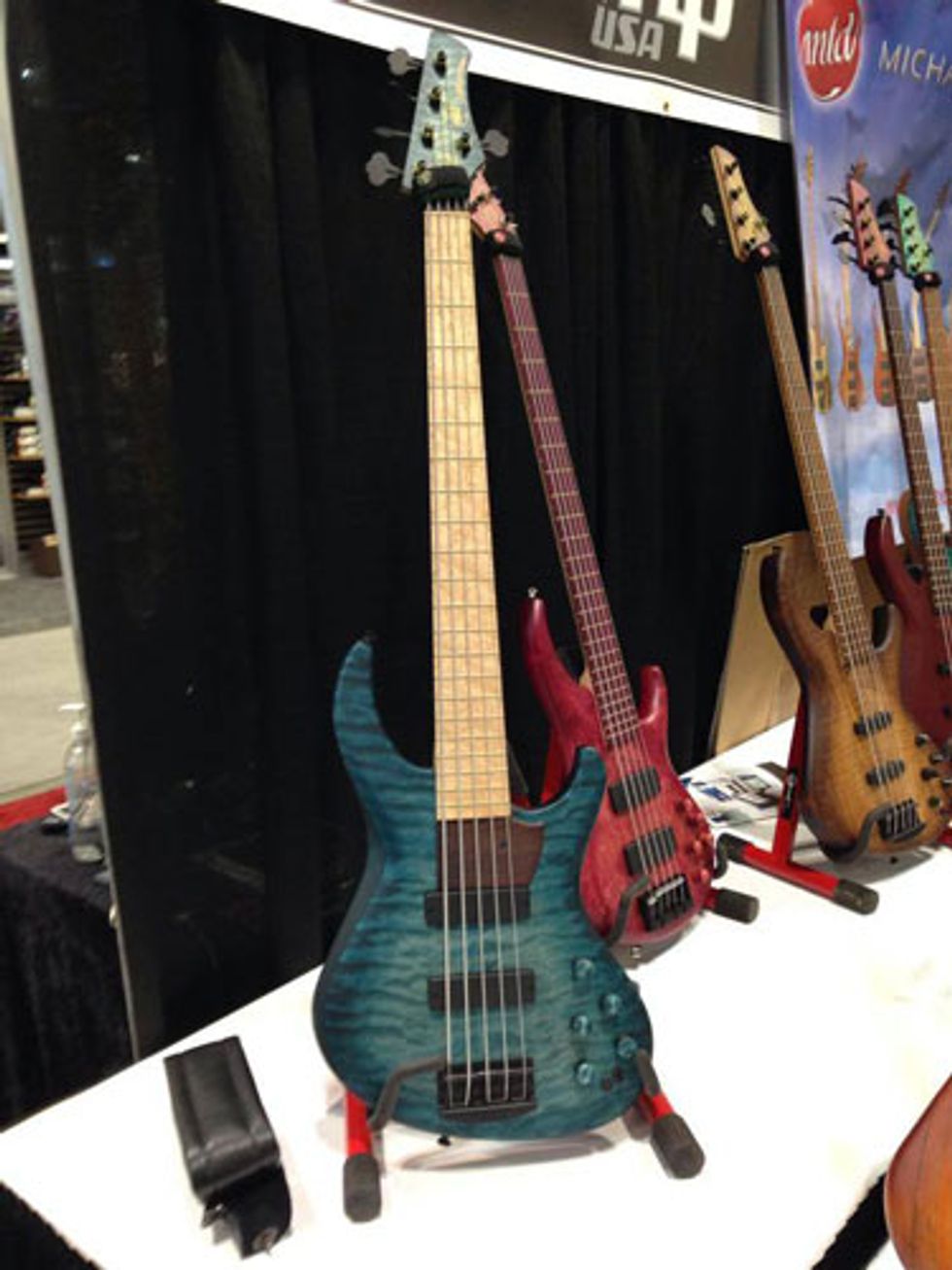
Norm Stockton's signature MTD Saratoga bass is a remarkably versatile instrument. Our demo with Norm himself (look for it on YouTube and premierguitar.com) found Norm exploring everything from punchy Jaco tones to mellow Fender sounds, thanks to the split coil Bartolinis. And the alder body with maple cap and birdseye maple neck are lovely and beautifully put together. A real master stroke from the mind of the legendary Michael Tobias.
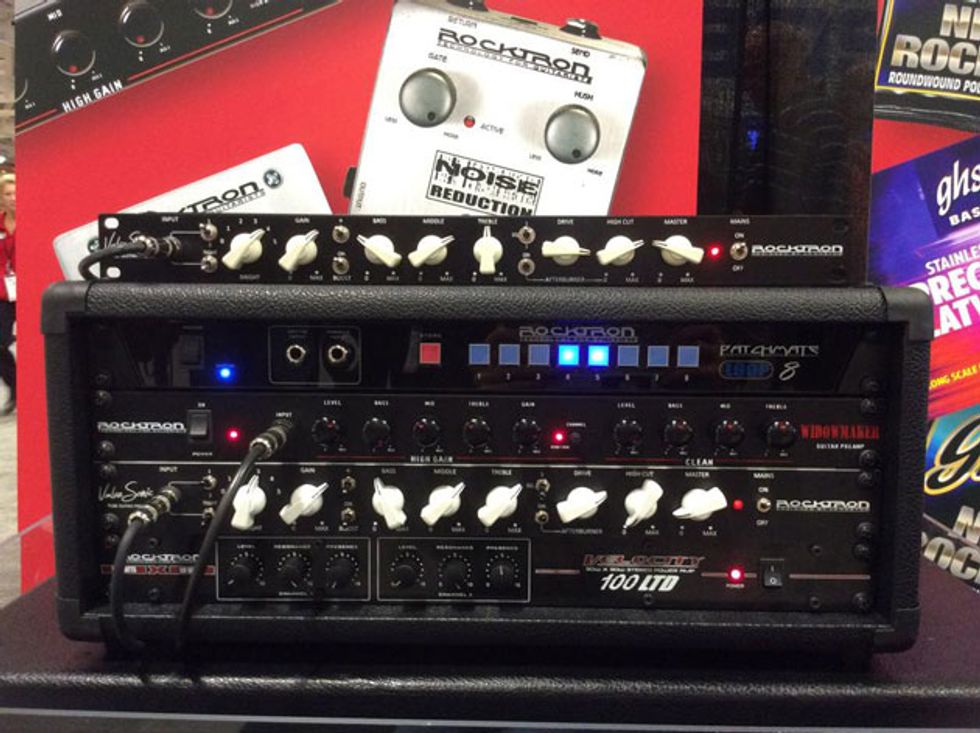
Rocktron brought the all-tube Valvesonic guitar preamp ($999) to Summer NAMM, with tonal capabilities of yesterday ranging from "1950s American to '60s, '70s, and '80s British to American high gain," says Bob Waller. They also debuted a solid-state, 2-channel analog preamp for metal tones called the Widowmaker ($399) and the Velocity 100 LTD rack power amp ($499).
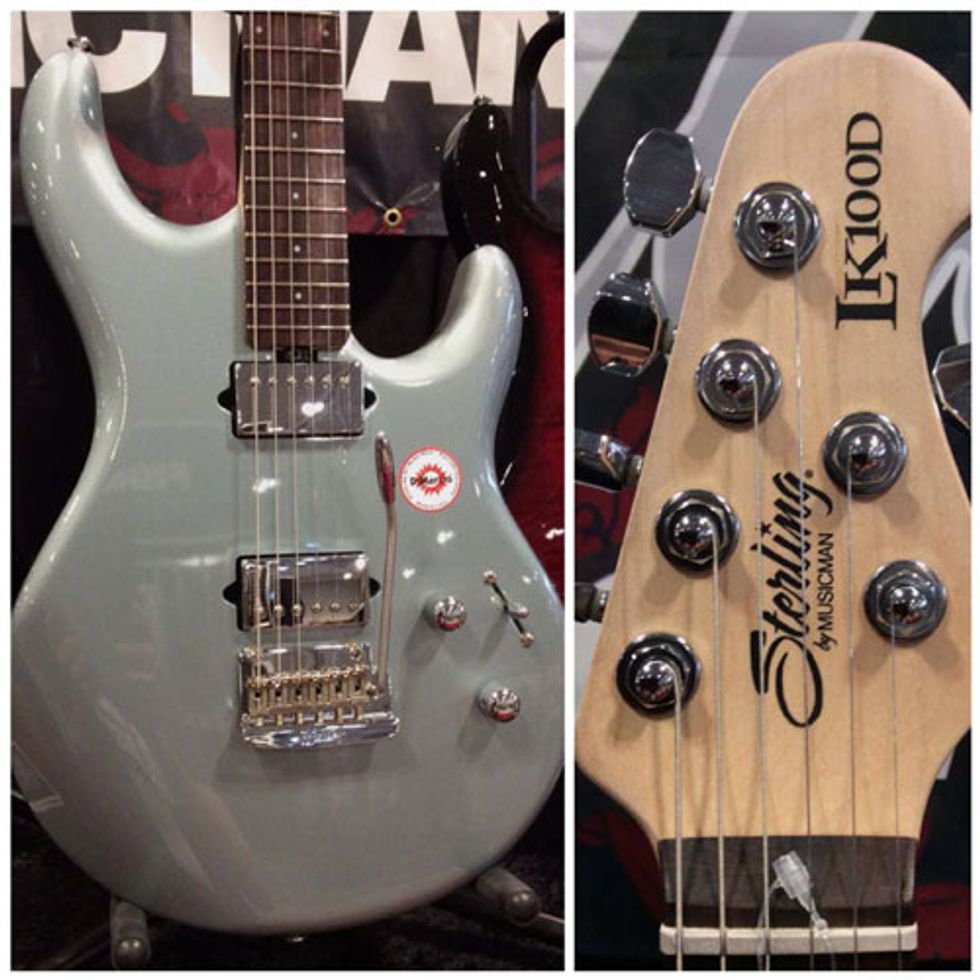
Sterling by Music Man's new LK100D Steve Lukather signature model features the same DiMarzio Transitions pickups and compound-carved V neck as Luke's U.S.-made model, in addition to a 12 dB push-push boost, a floating tremolo, and a basswood body—but at a screaming street price of $869 (with gigbag).
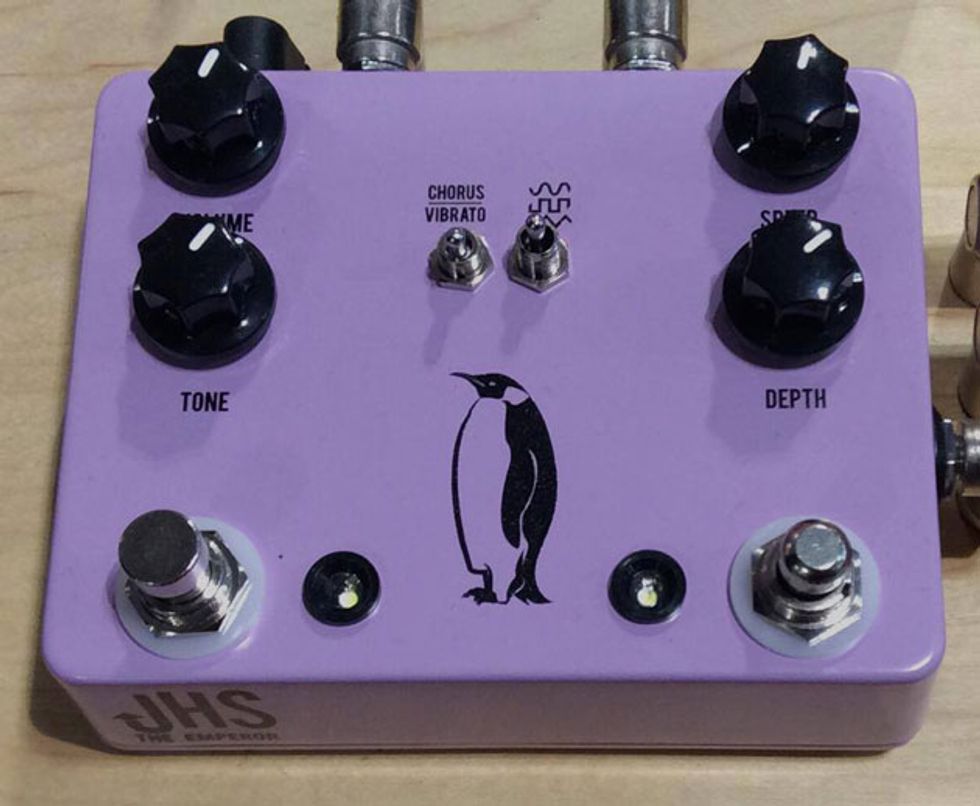
JHS Pedals brought the new Emperor analog chorus/vibrato to Summer NAMM. Outfitted with "bucket-brigade" chips, it aims to serve up sounds ranging from classic Arion-style chorus to Uni-Vibe-like tones via a mode switch and a three-position waveform toggle. Unique features include tap-tempo, a wide-ranging gain knob, and the ability to control rate with an external continuous controller pedal.
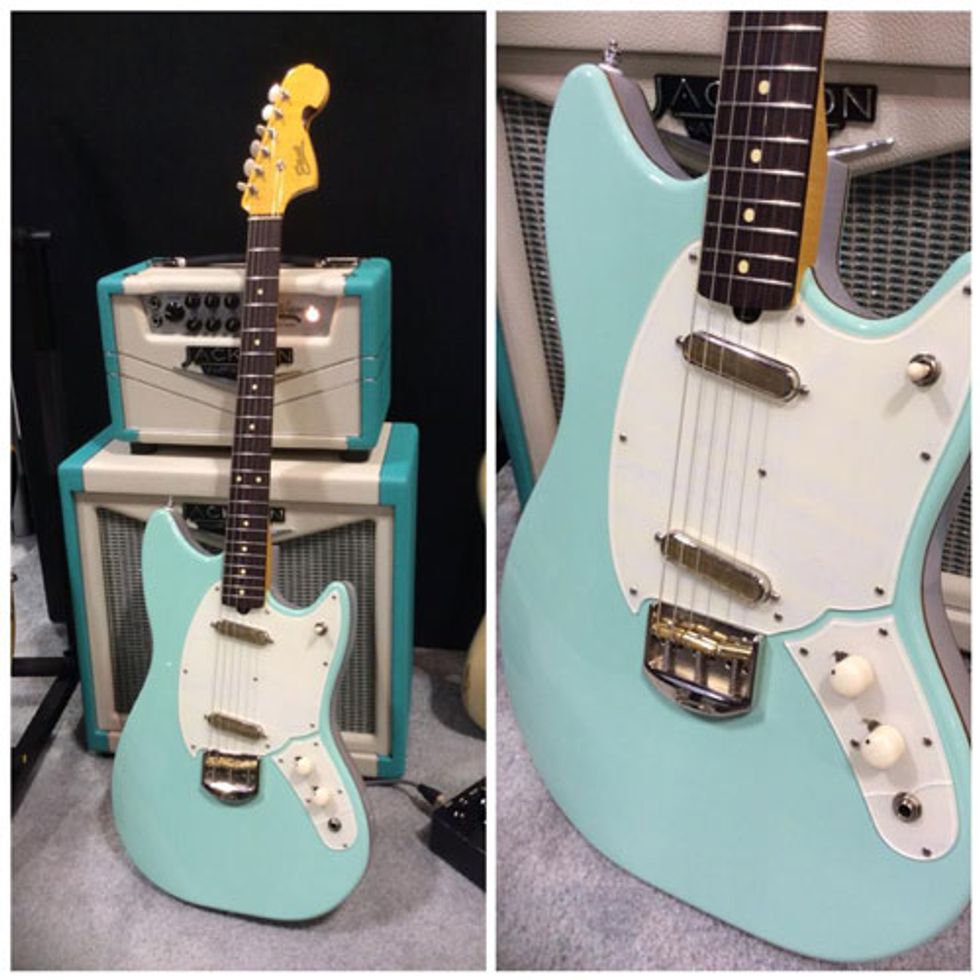
Luthier Andy Elliott out of North Carolina brought his latest creation to Summer NAMM: his Elliott Guitars 357 James Duke signature. It features two single-coil gold foil pickups (which Elliott described as sounding like "a good humbucker on the low end and a smooth single-coil on the high end), an alder body, maple neck with rosewood, and an acrylic pickguard that's handpainted in vanilla shake pearl and white from the back. Priced at $4,700.
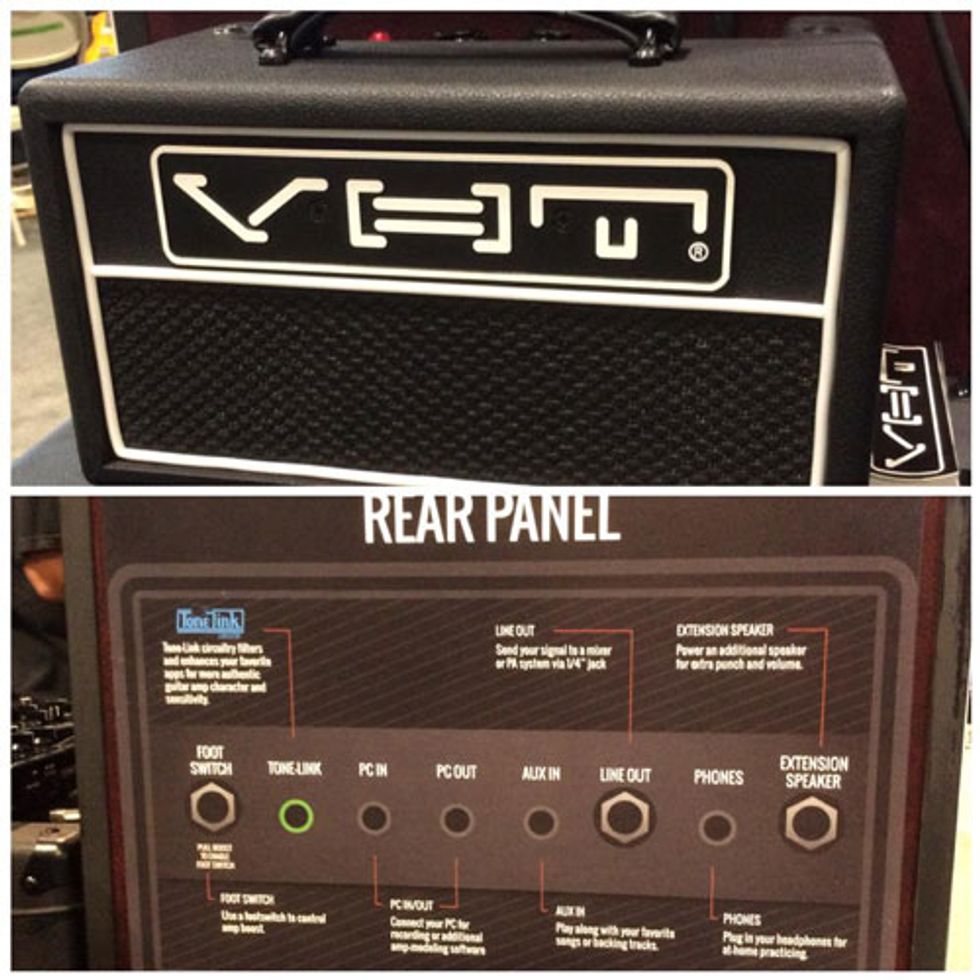
The VHT Amps i-16 amp allows a player to play through a tube amp authentically with any amp-simulating computer application. It uses ToneLink circuitry to filter or enhance apps for a more authentic guitar tone character.
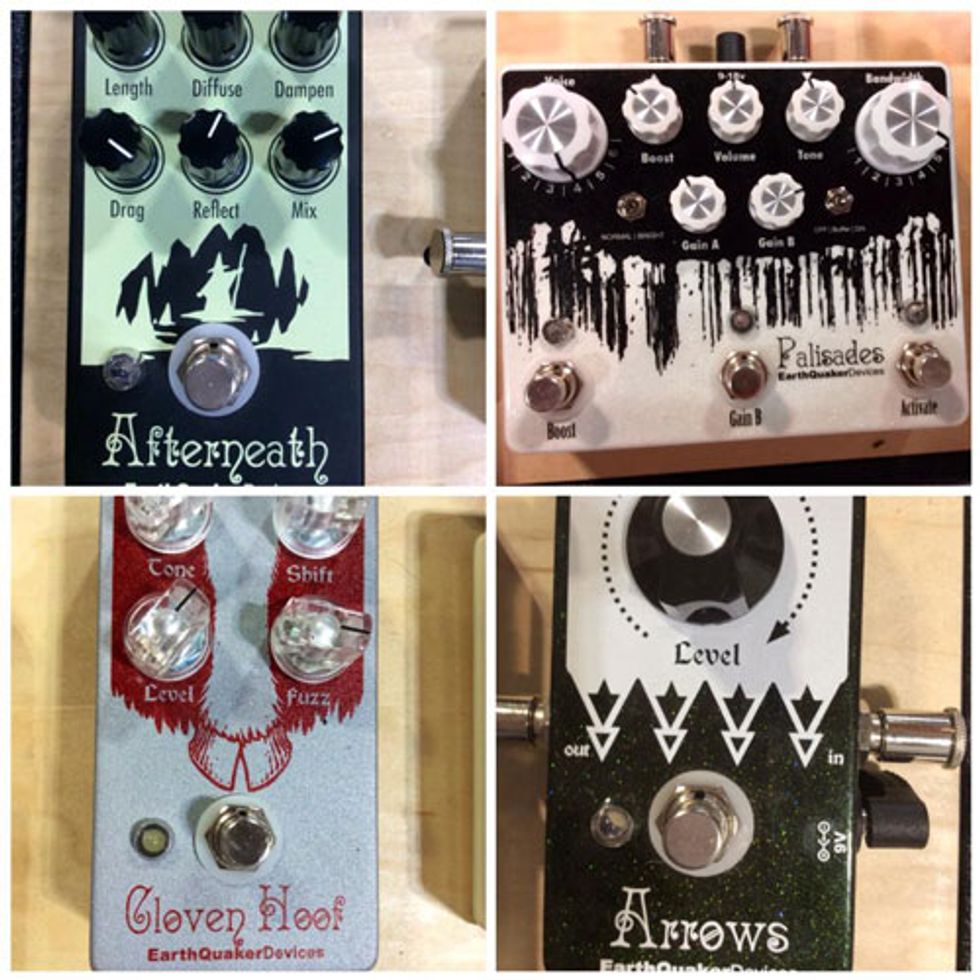
There were some wicked tones coming out of the EarthQuaker Devices booth this afternoon at Summer NAMM as Nick Reinhart (of the band Tera Melos) tweaked with and demoed four new pedals from the mastermind of Jamie Stillman: the Afterneath Otherworldly Reverberator, the Palisades Mega Ultimate Overdrive, the Cloven Hoof Fuzz Grinder, and the Arrows Preamp Booster. Don't worry, we got it all on video.
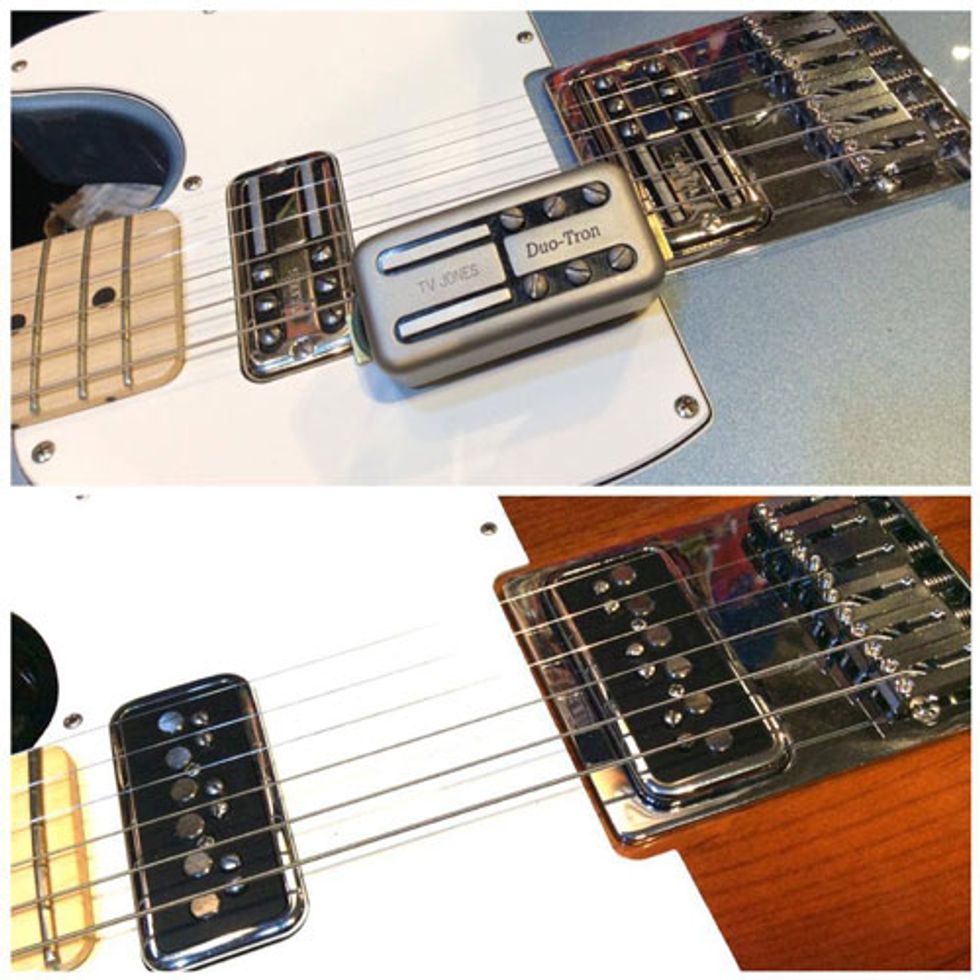
TV Jones brought two new pickup sets to #SummerNAMM. The Duo-Tron set ($150 each) was the idea of Chet Atkins sideman Paul Yandell and has roots in a design from original Filter'Tron designer Ray Butts. They are essentially half of a TV Jones Super'Tron mated with a Classic (neck) or a Classic Plus (bridge). Meanwhile, the T-Armond (bottom) and T-90 can be purchased with a new metal housing that enables them to be installed in a Filter’Tron or standard-humbucker cavity. Prices to be determined.
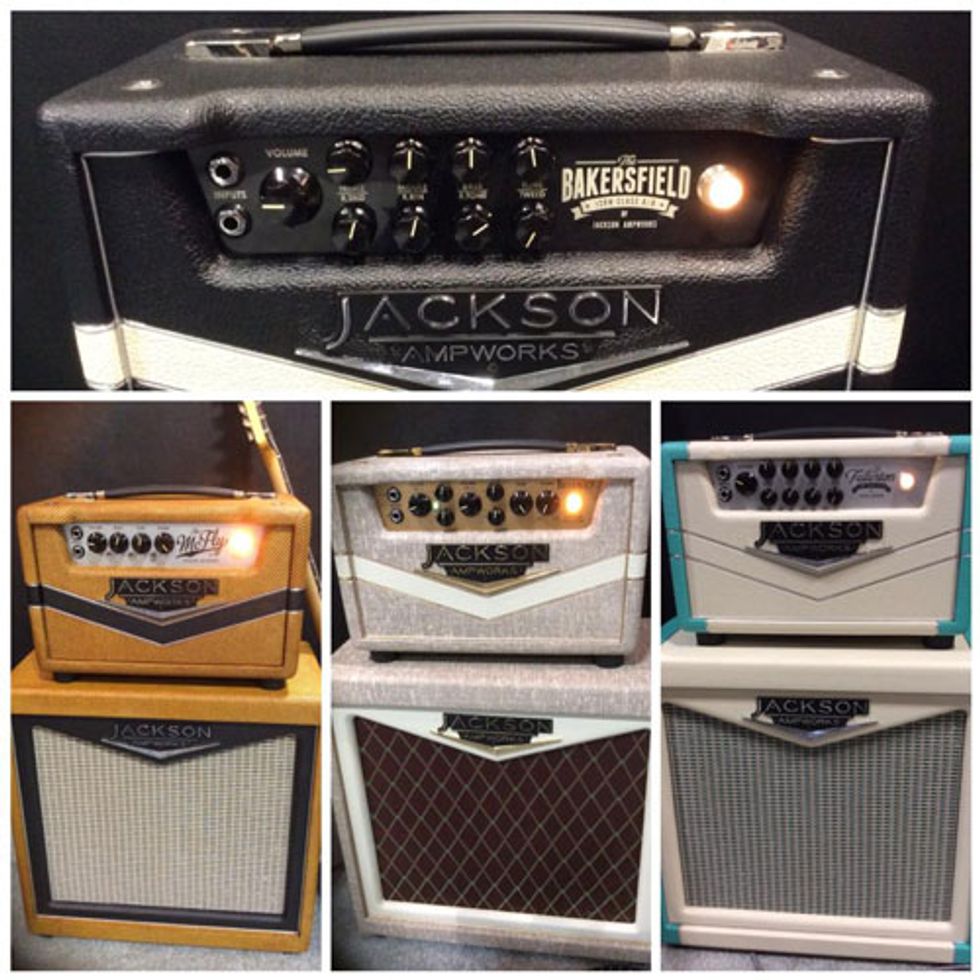
The collection of boutique amps shown by Jackson Ampworks is a standout in tone and design. Form top to clockwise: the 120-watt Bakersfield, the 40-watt class A/B Fullerton, the Britain 30, and the "Back to the Future" inspired McFly. Starting at $1,955.
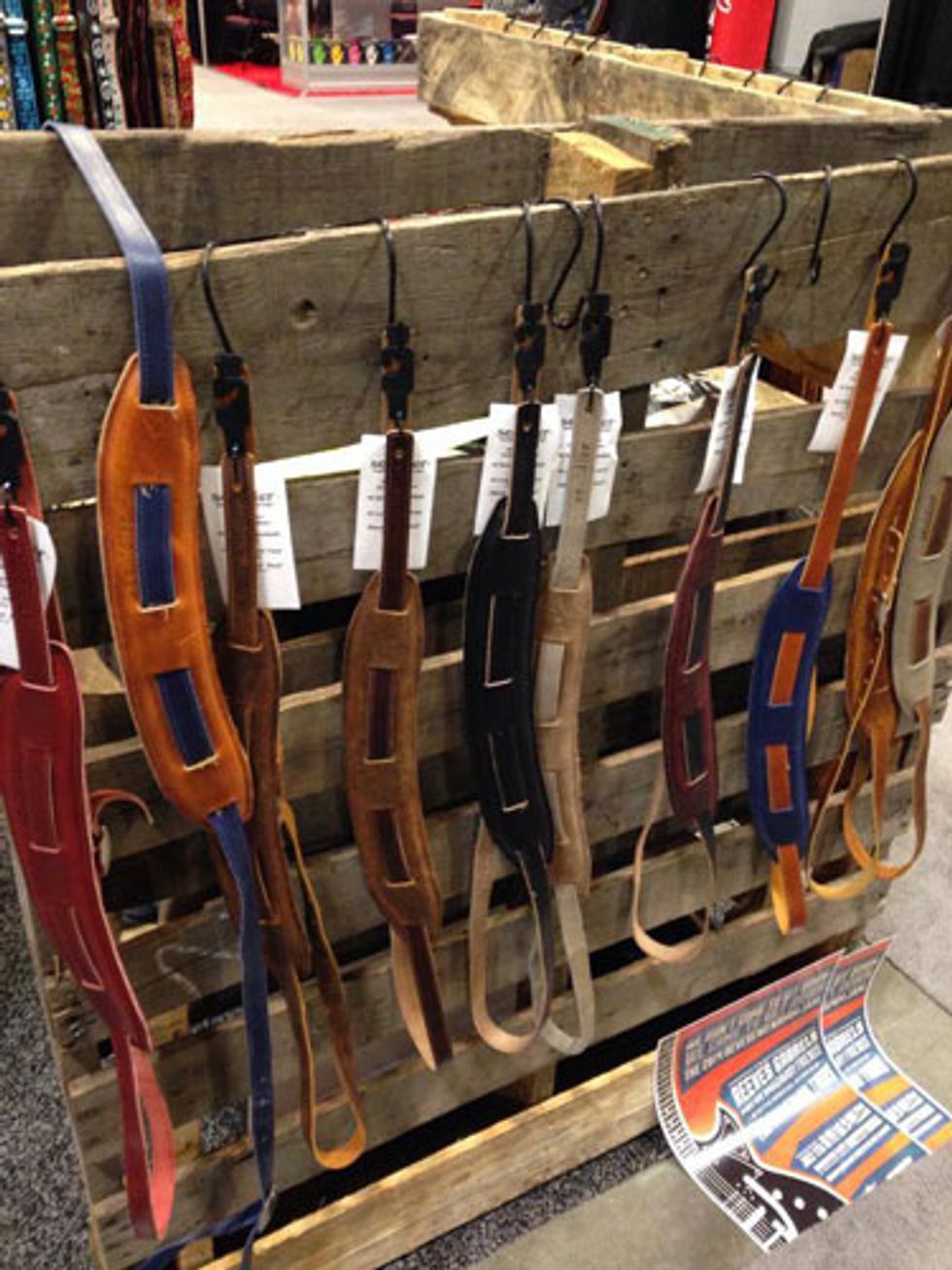
Souldier Straps brought a new line of Saddle Straps to Nashville to compliment their ever growing line of authentic '60s and '70s repros and original models. They're rugged, comfy and a sweet deal at 60 bucks.
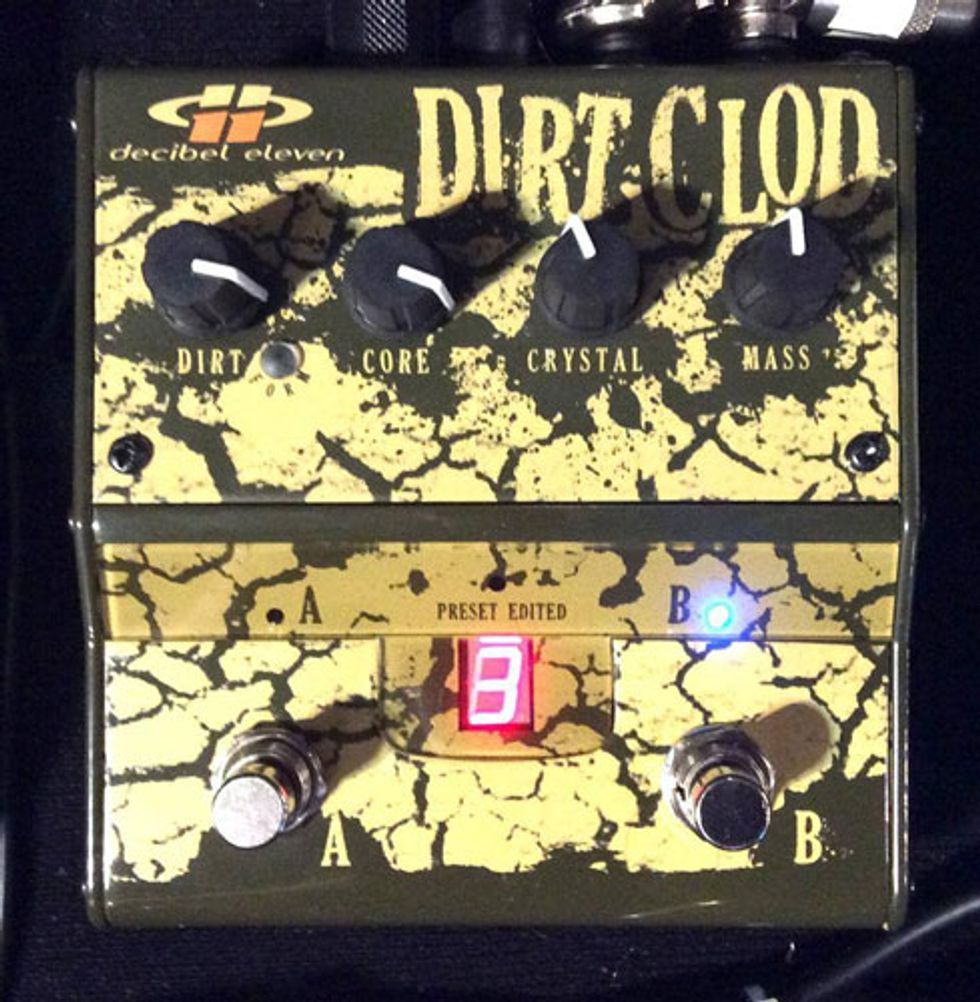
The loop-switching gurus at Decibel Eleven debuted their first-ever effect pedal at Summer NAMM. The Dirt Clod is a programmable, MIDI-compatible analog distortion with a sweepable midrange "core" control and the ability to save 10 presets and call them up in a variety of ways via the two footswitches.
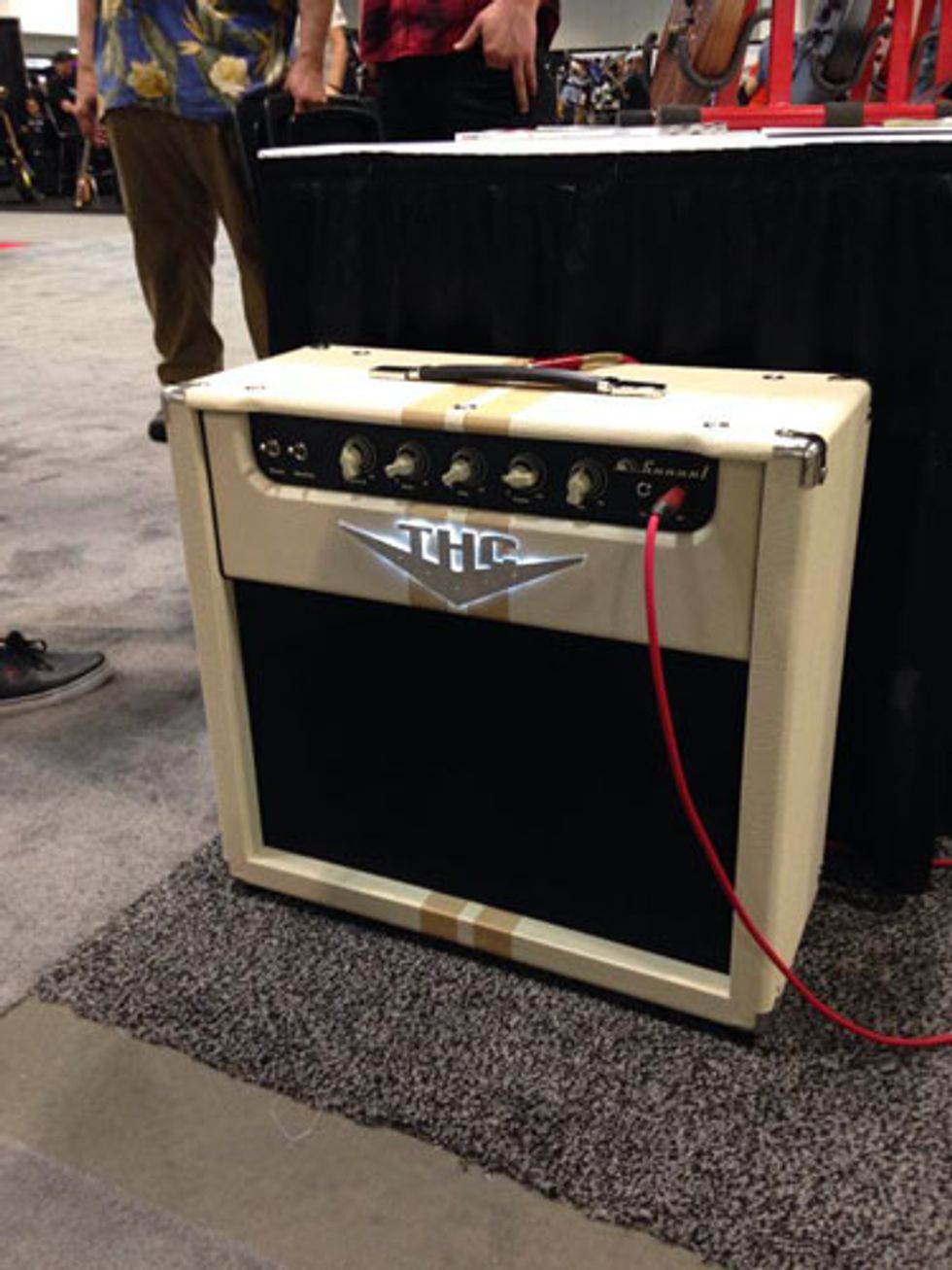
TecAmp's German partner THC showcased the new 38-watt Sunset at Summer NAMM. The amp can be run at half power, run in pentode or triode mode, or in class A or class AB mode. The simple control set is made up of a 3-band EQ, volume, and presence controls. The sum of those parts is an amp that manages warmth, a super pleasant brightness, and detailed voice.
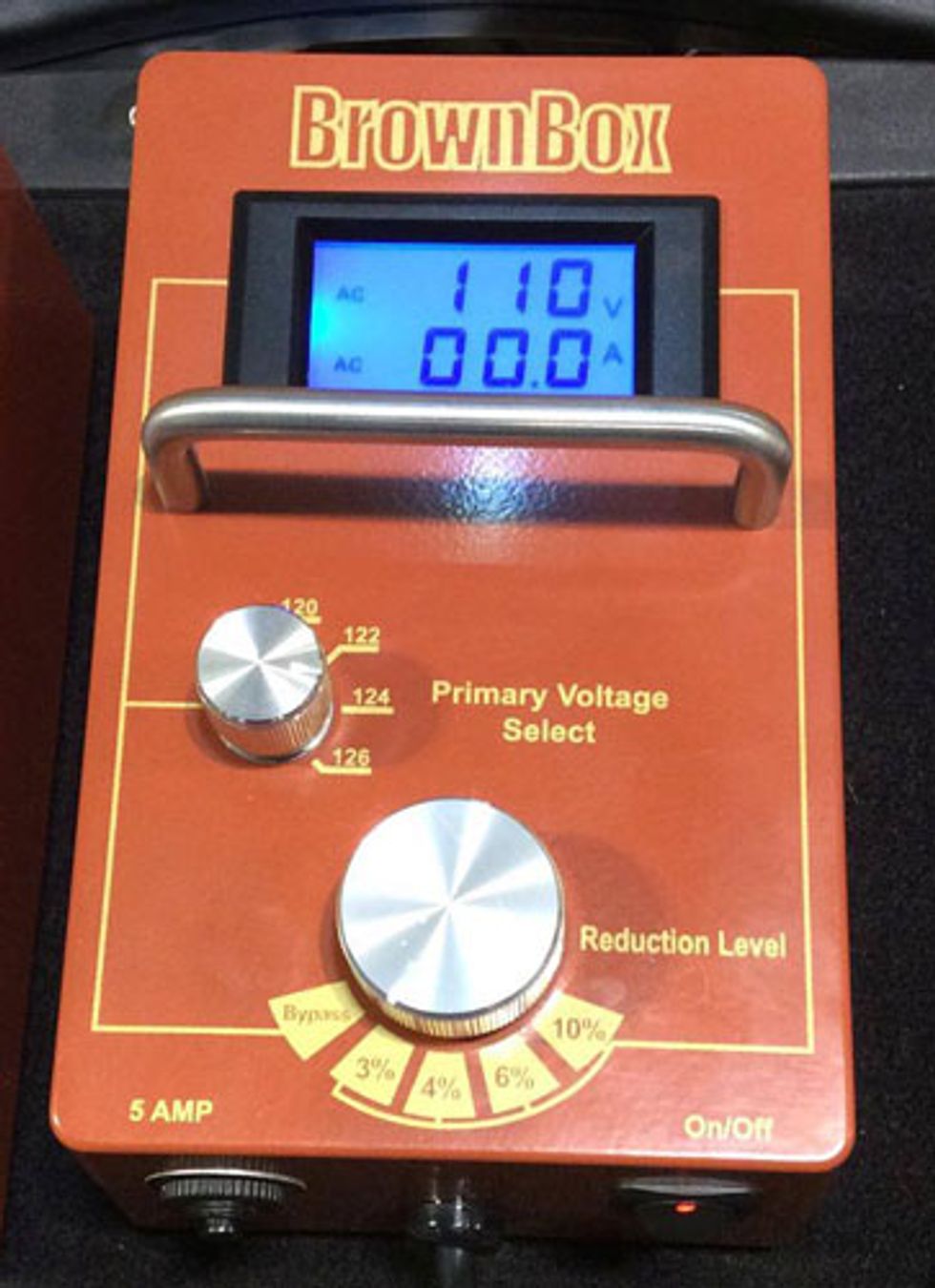
Amprx Power Solutions brought the new BrownBox ($250) amp-voltage regulator to Summer NAMM. It's essentially a Variac in a 3.7-pound aluminum enclosure. Whether you're looking for cranked-amp tones from your high-wattage amp at manageable volumes, or you're trying to get your low-wattage vintage combo working at period-correct voltages, the BrownBox lets you reduce voltage by 3, 4, 6, or 10 percent—but it also prevents you from accidentally lowering or increasing voltage to circuit- and tube-damaging levels.
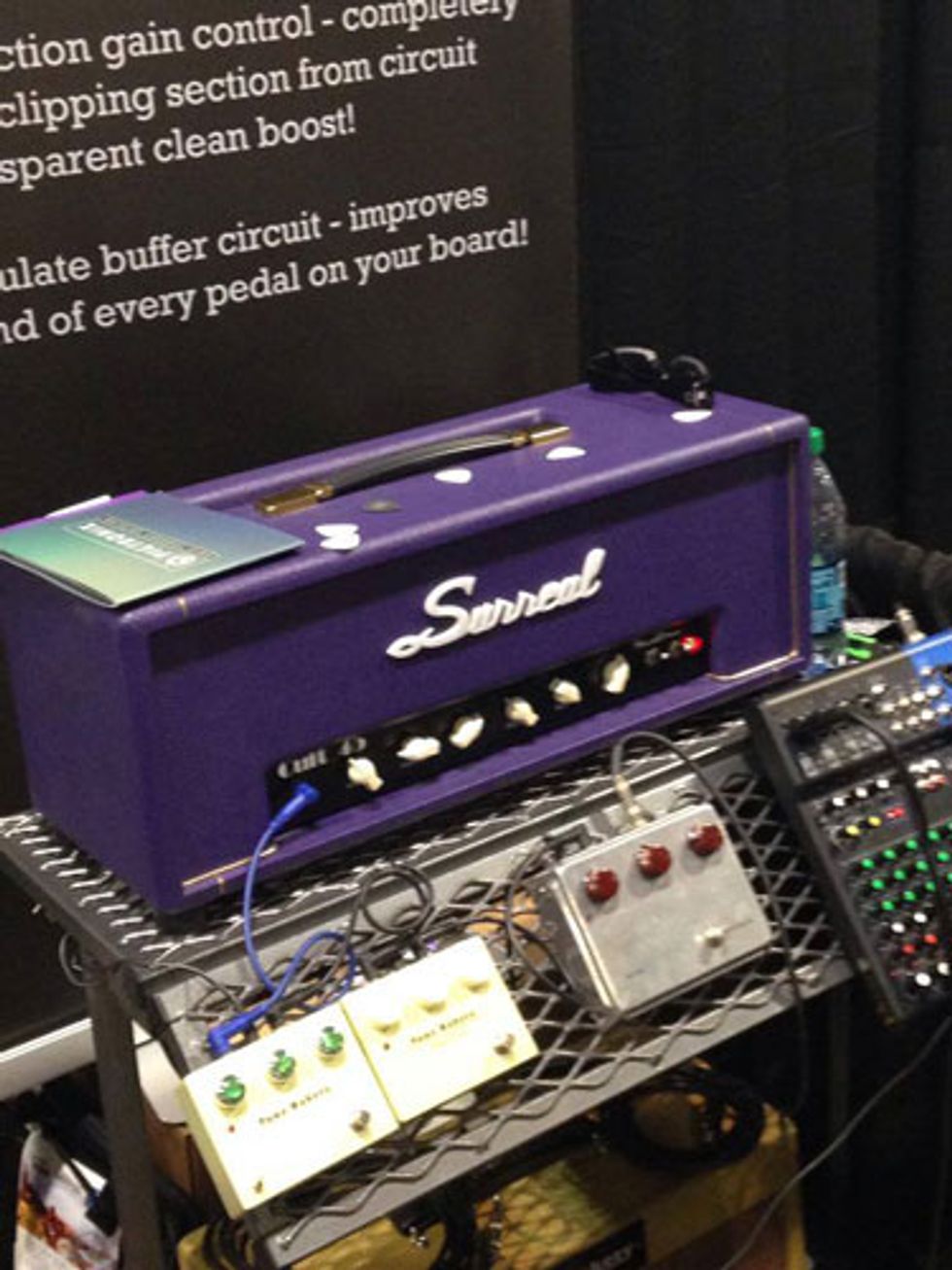
Surreal Amp's Cult 45 is powered by two KT66 power tubes, and has a foot-switchable boost. It's a sweet sounding JTM45-inspired rig that's just $1600 direct.
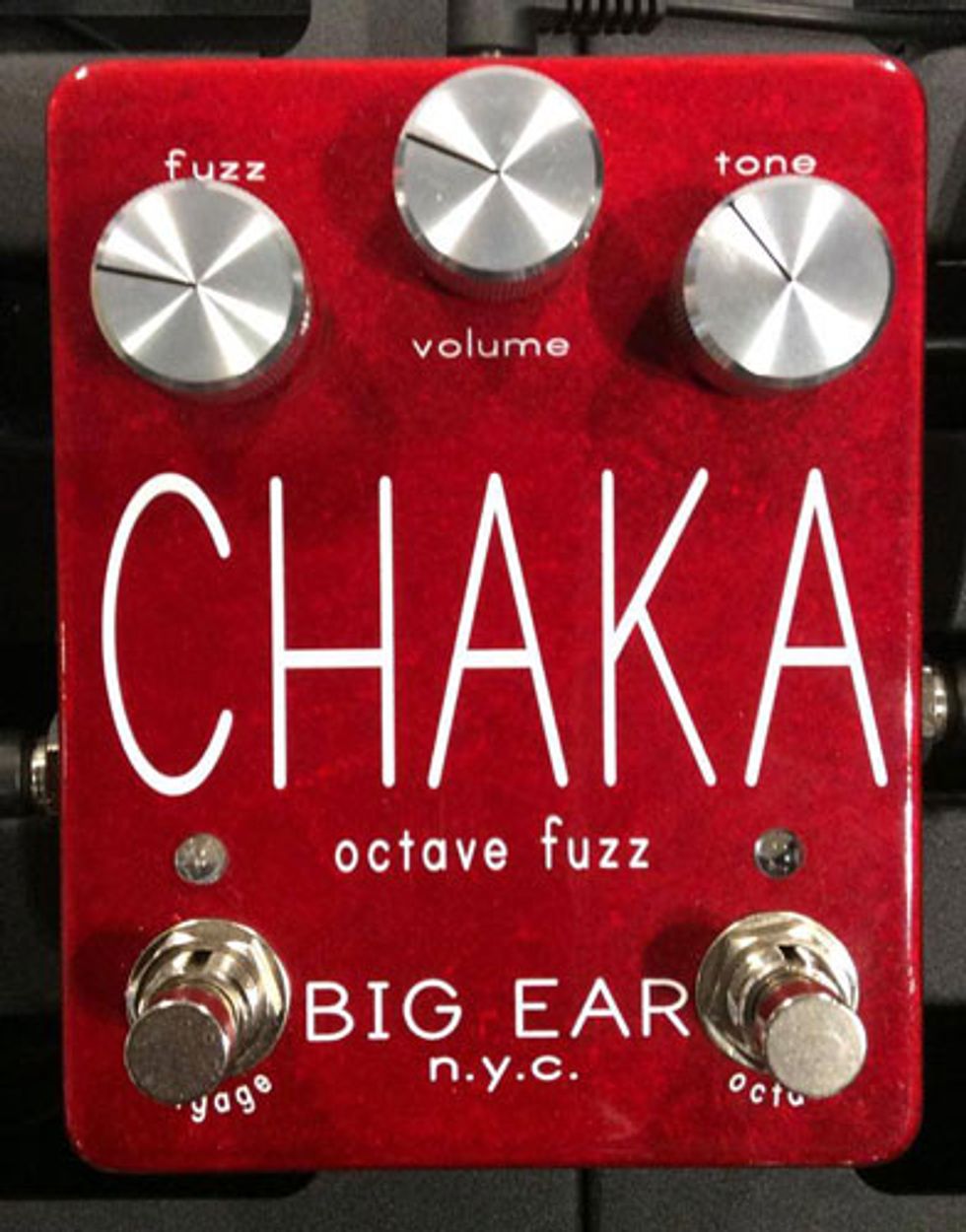
Big Ear NYC brought the new Chaka octave fuzz to Summer NAMM. But rather than being silicon or germanium based, it actually derives its fuzz from two clipping LEDs. It can get super gnarly and nasty, yet the octave sound is a little more focused, controllable, and articulate than many vintage-style designs. $195 street.
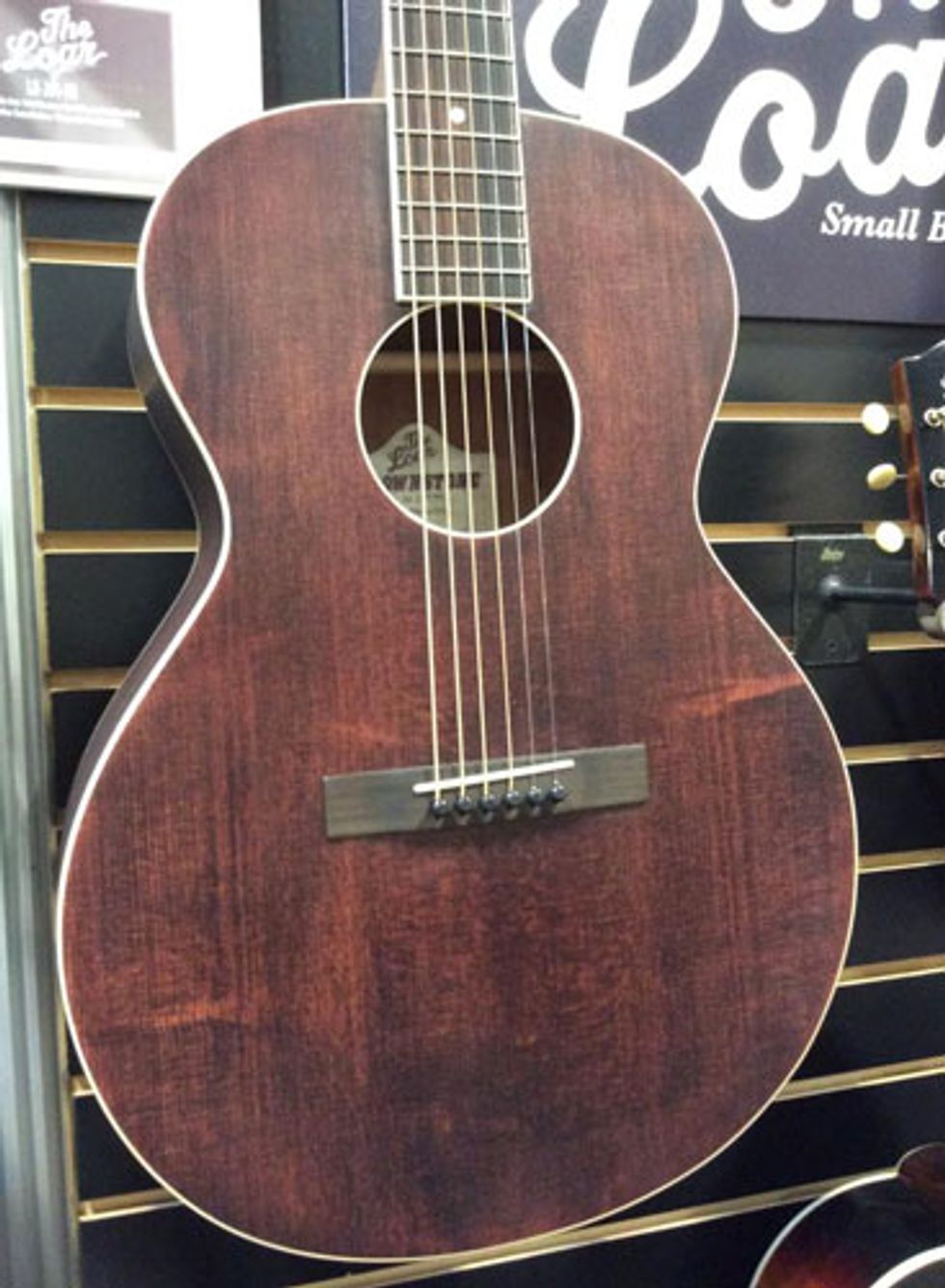
The Loar's new Brownstone LH-204-BR small body acoustic has a Sitka spruce top, rosewood fretboard and bridge, ivoroid binding, and a vintage-style bound soundhole. But the flawless brown satin finish is the real icing. Priced at $449.99.
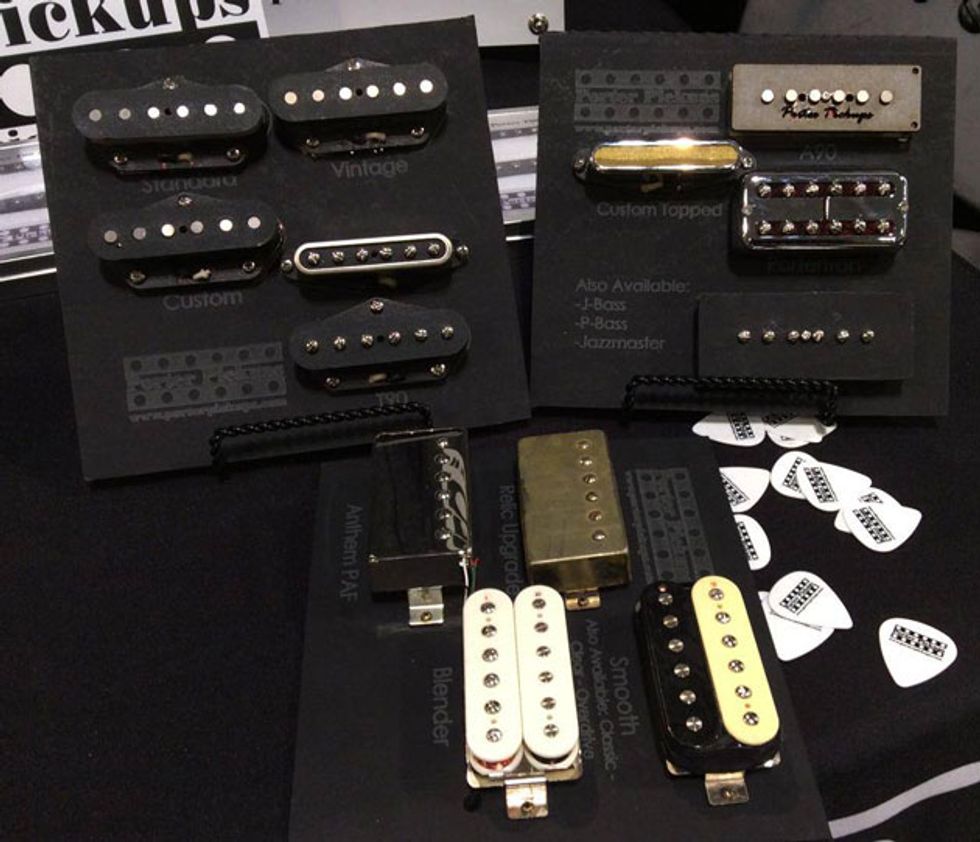
Porter Pickups made its Summer NAMM debut this year. The Boise, Idaho, outfit offers a whole line of interesting pickups, including a P-90-sized Jazzmaster-/Strat-style hybrid, and the T-90 T-style set, whose two pickups feature two ceramic bar magnets to serve up twangy tones with P-90-style punch.
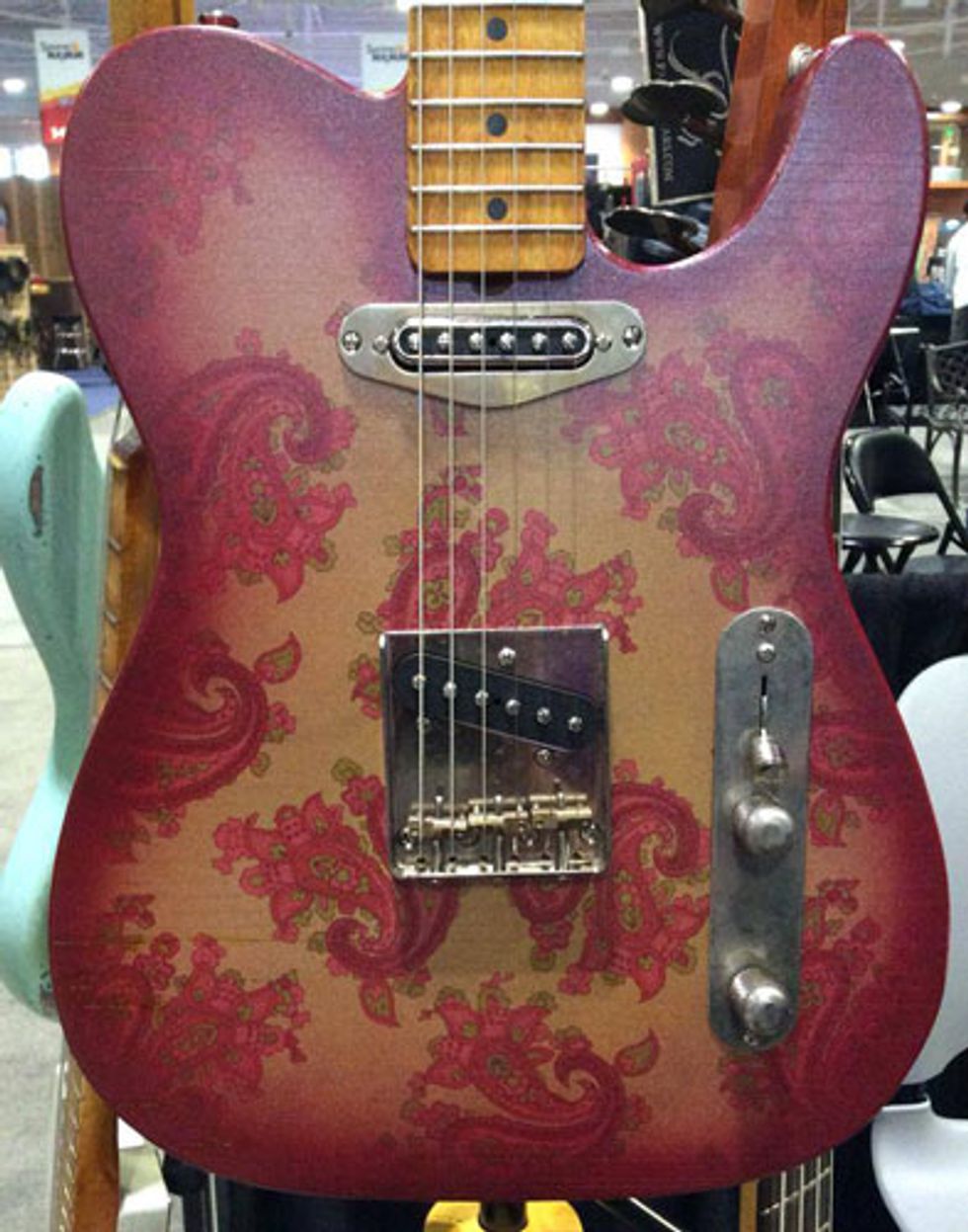
Palir Guitars made its first Summer NAMM appearance with a line of vintage-inspired guitars and basses, including the T6. Boasting a matte paisley finish over an alder body and a one-piece maple neck (both made at the company's headquarters in Louisiana), it features compensated brass saddles, a "roasted" neck finish, and a set of Porter Pickups T-90 pickups.











![Rig Rundown: AFI [2025]](https://www.premierguitar.com/media-library/youtube.jpg?id=62064741&width=1245&height=700&quality=70&coordinates=0%2C0%2C0%2C0)












 Shop Scott's Rig
Shop Scott's Rig

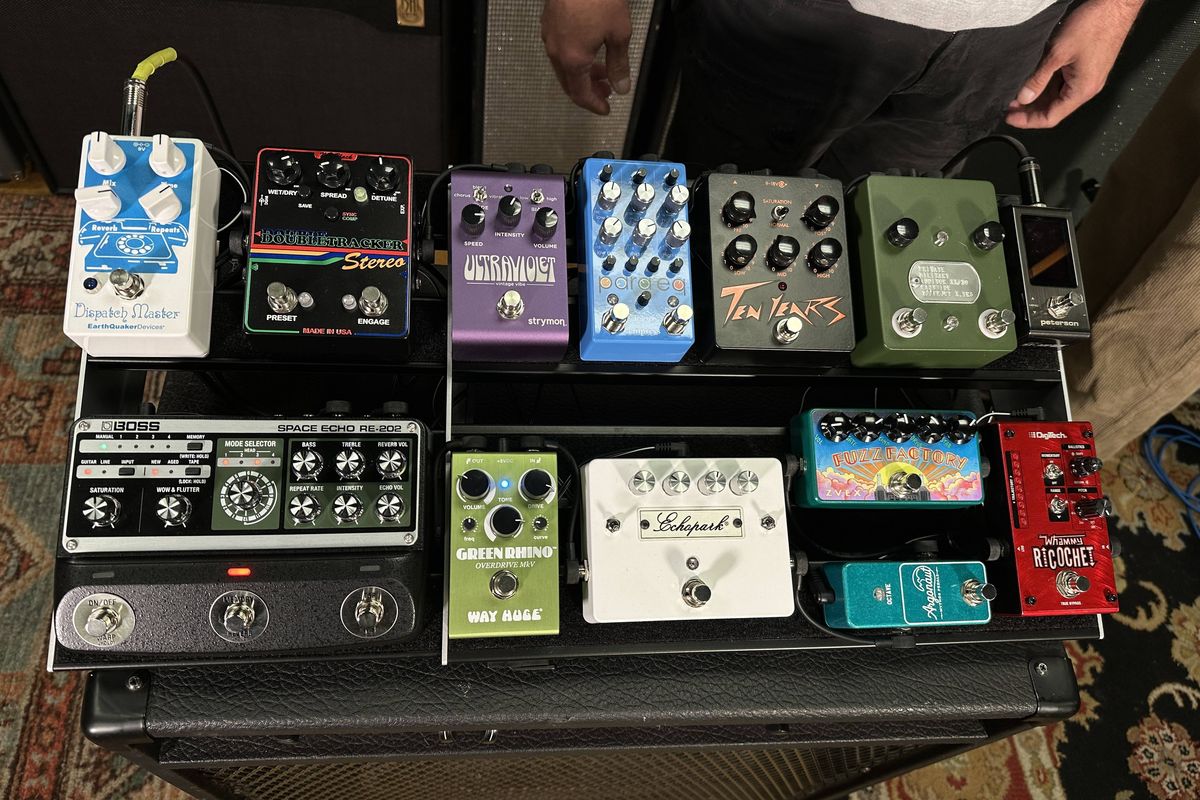
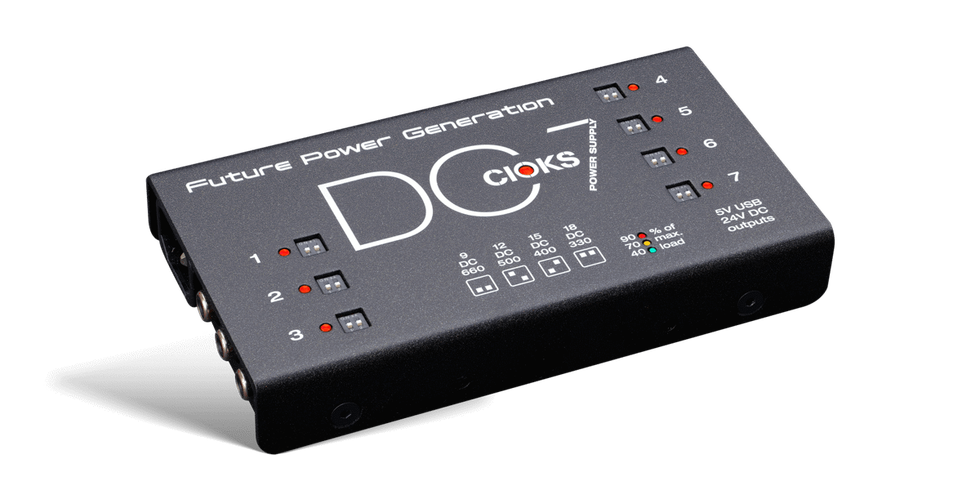
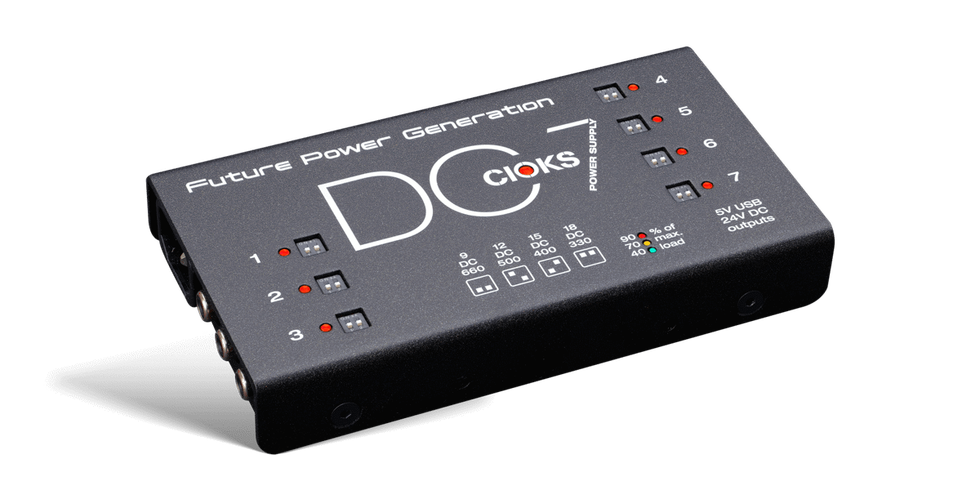
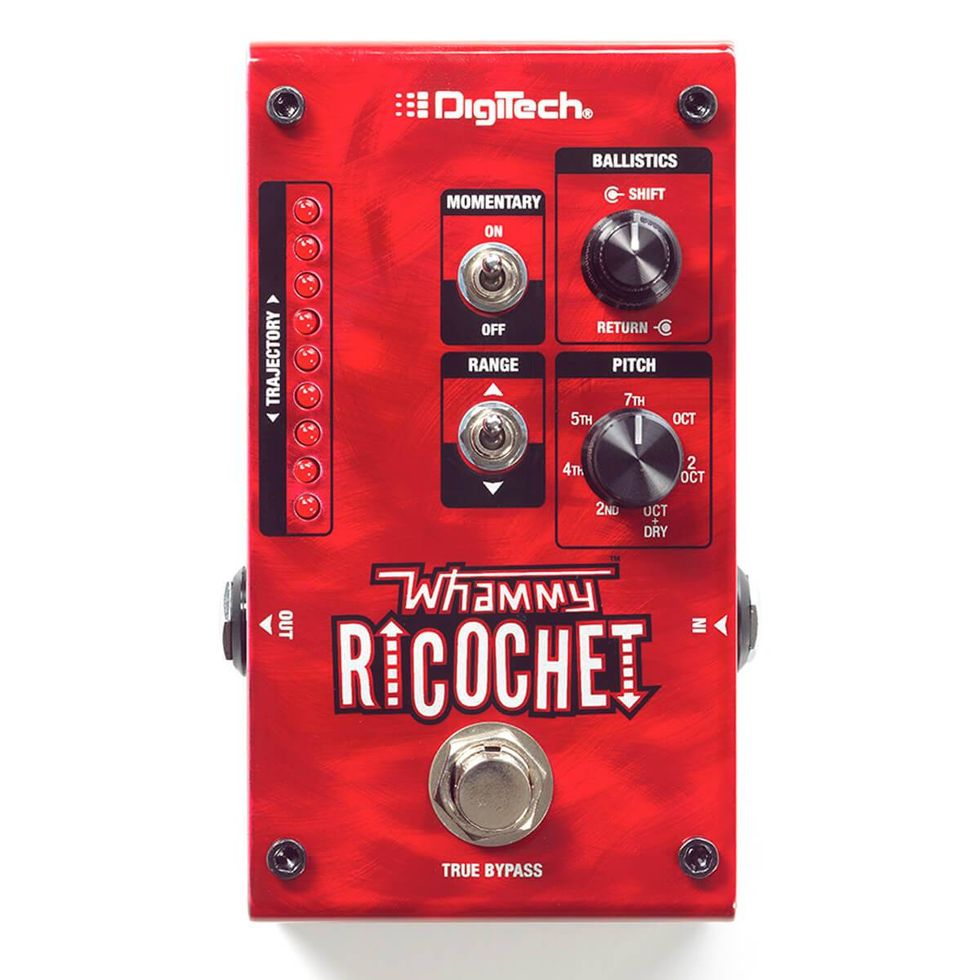
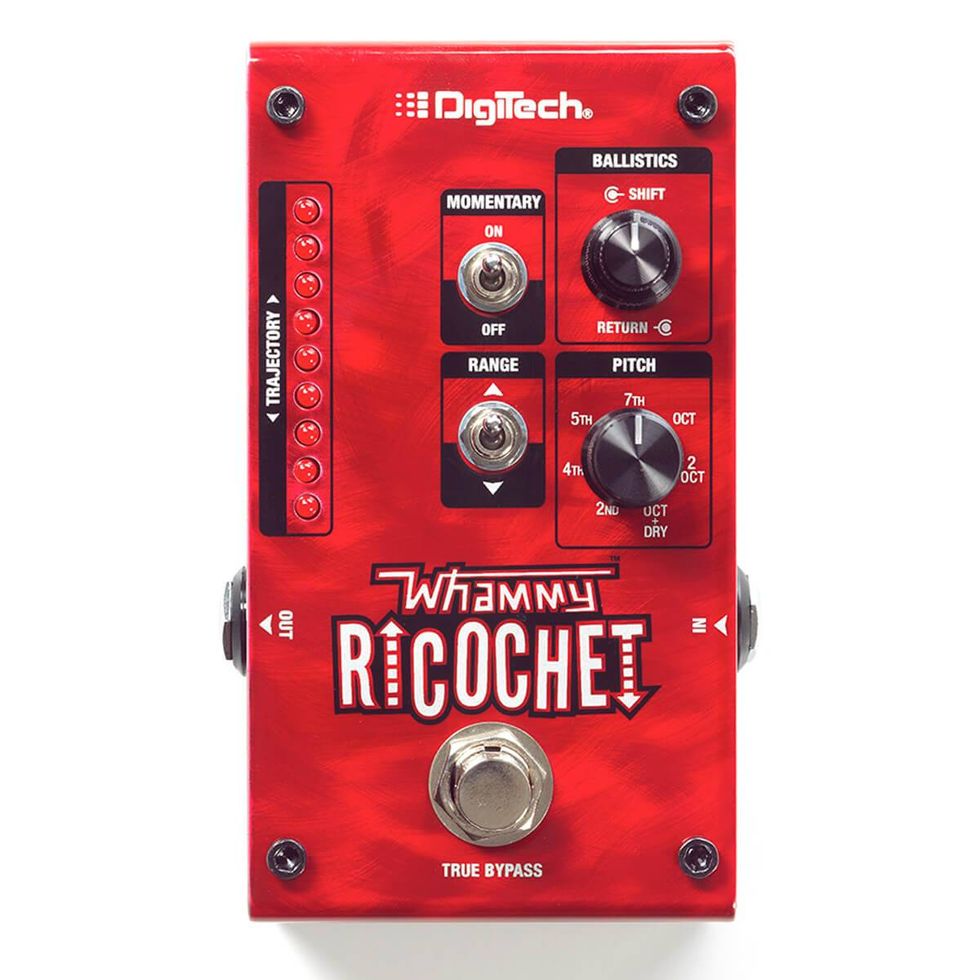

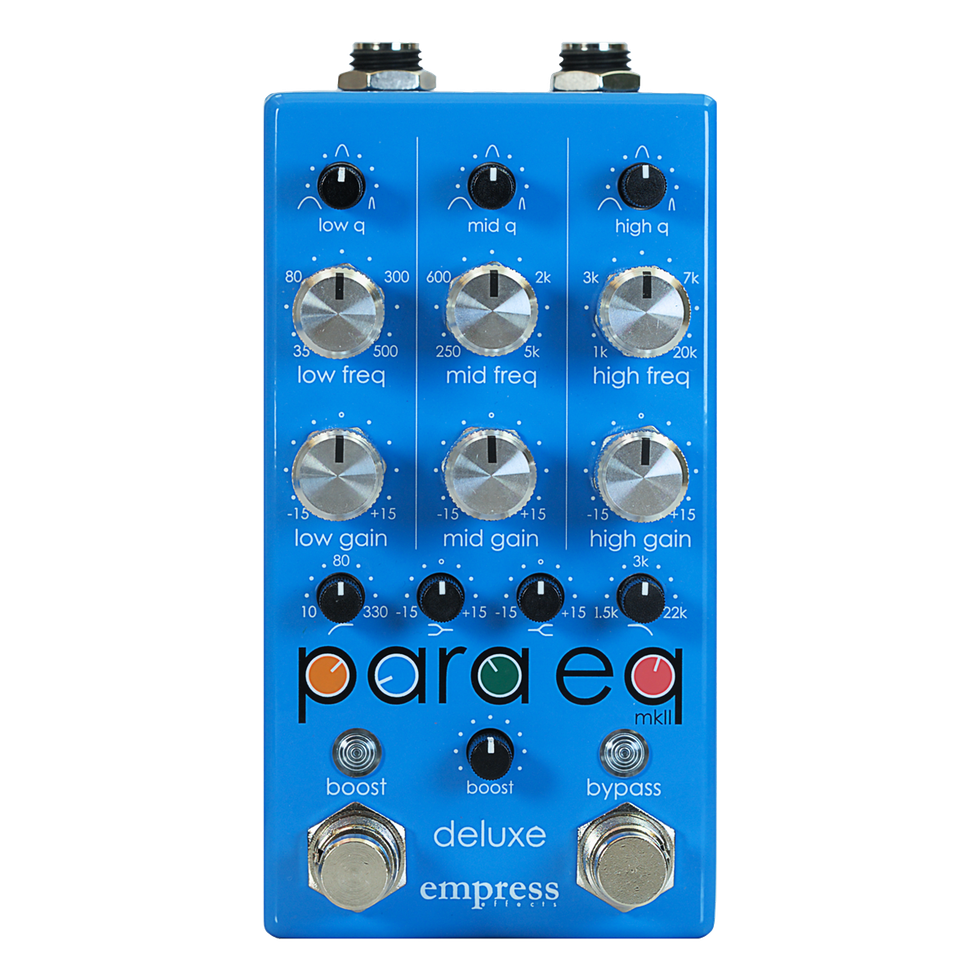
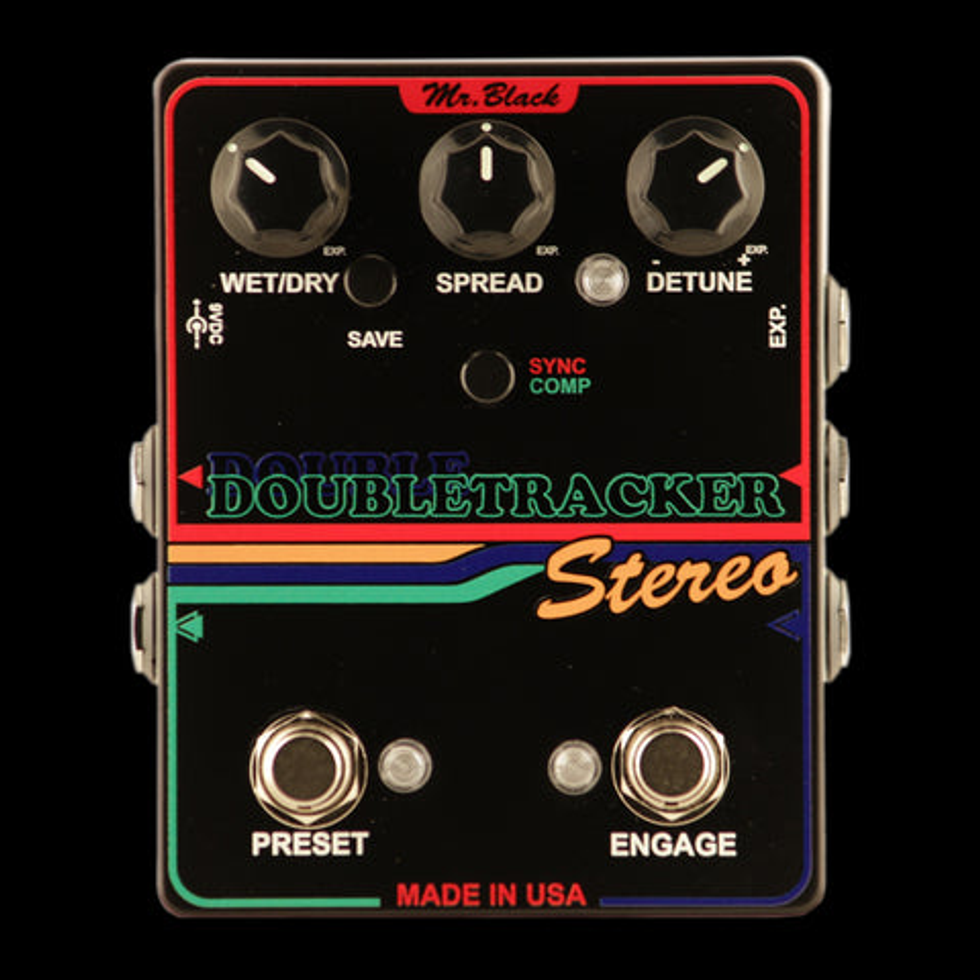
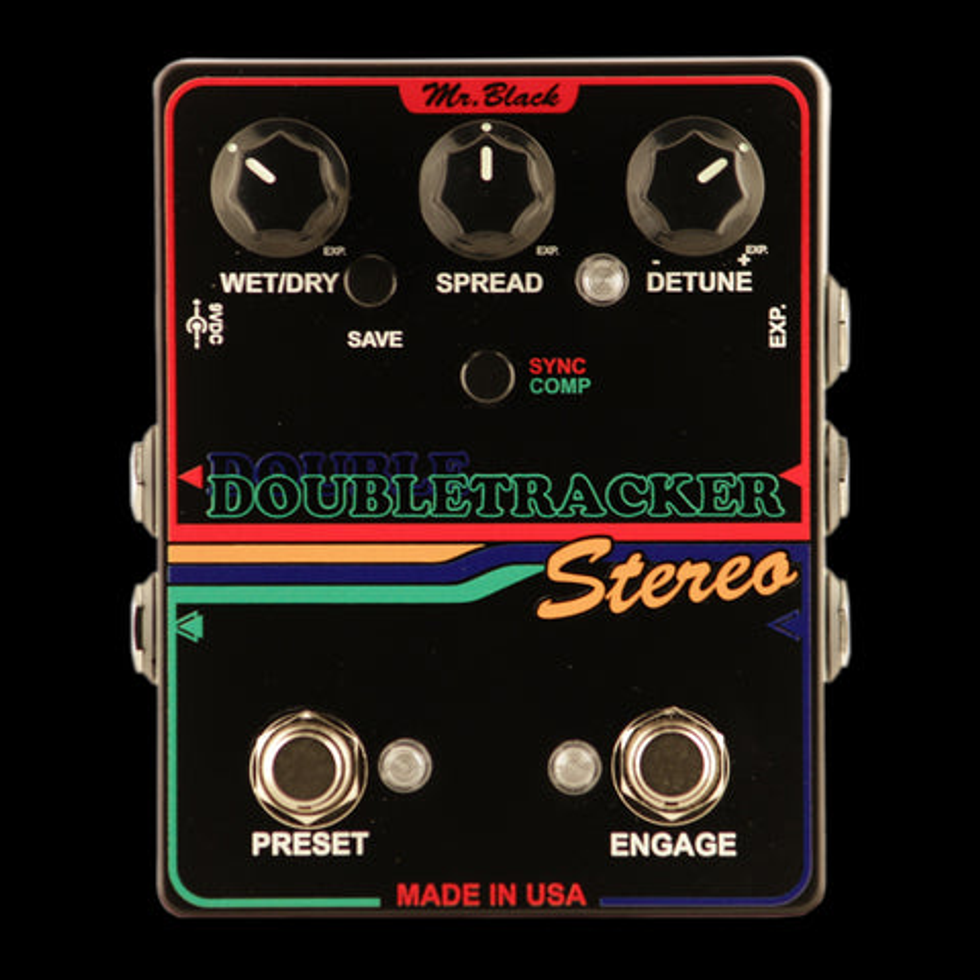
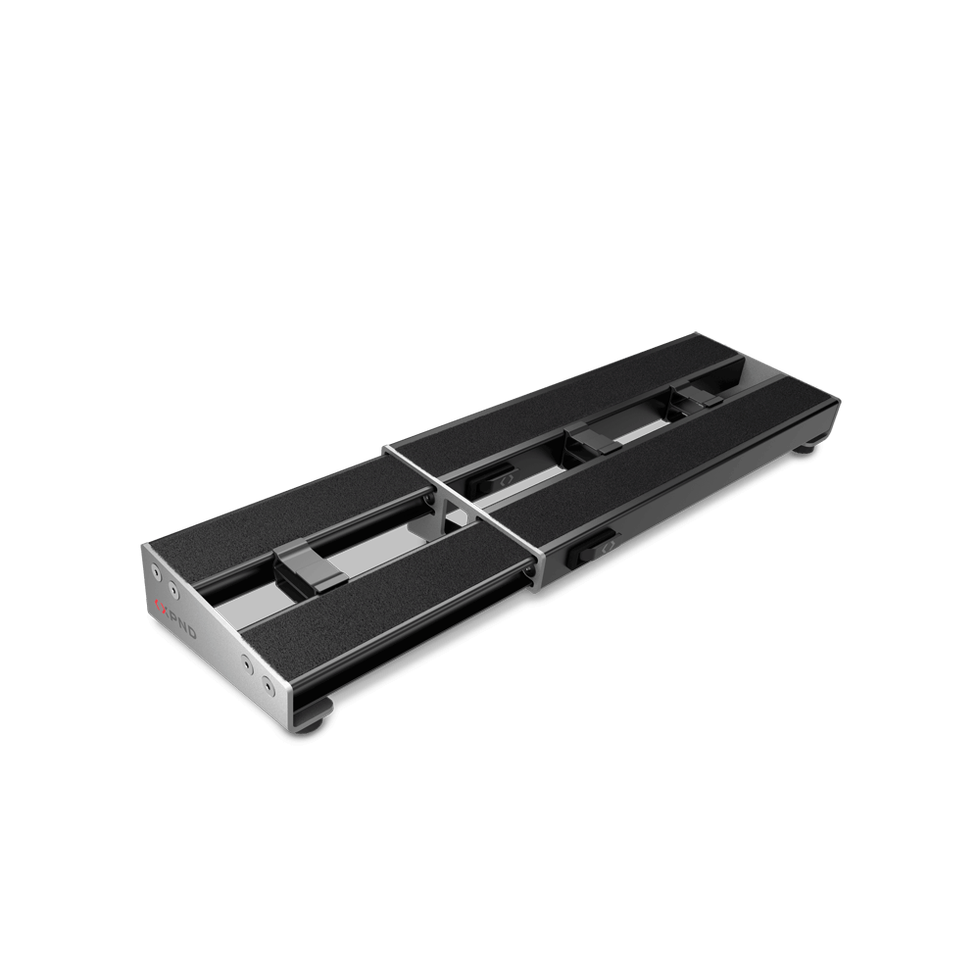

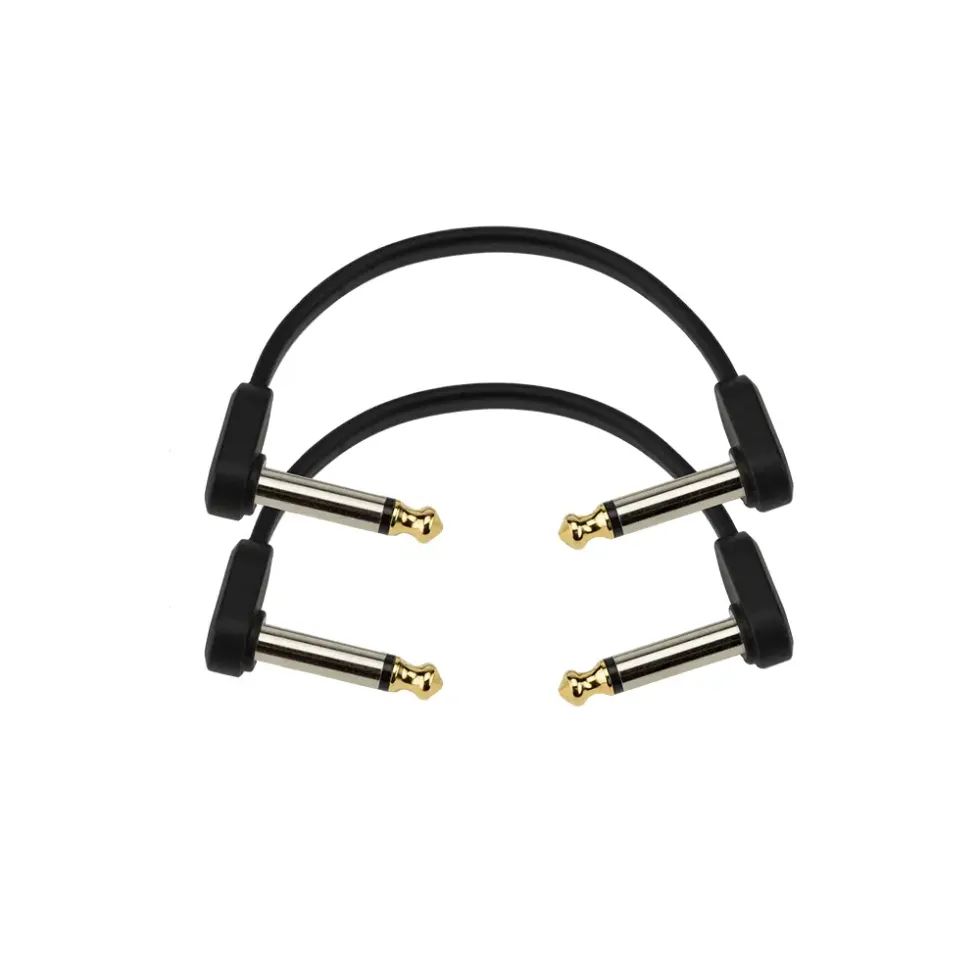
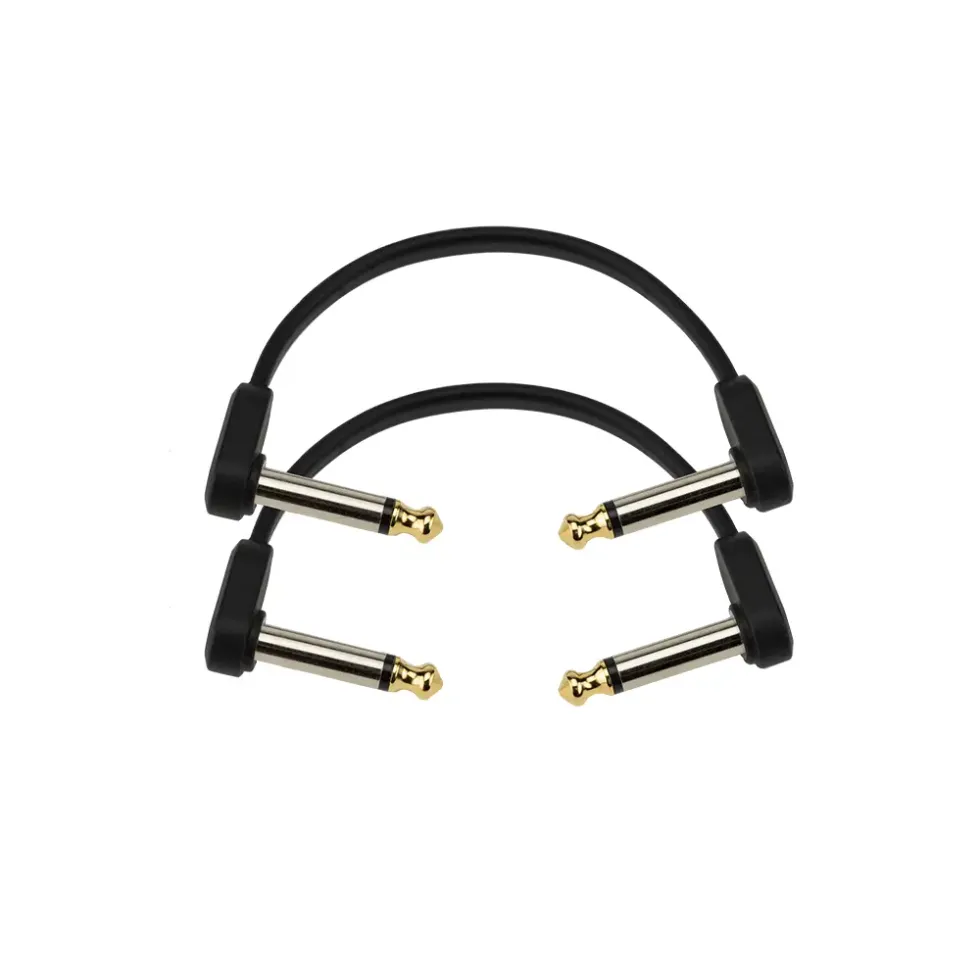


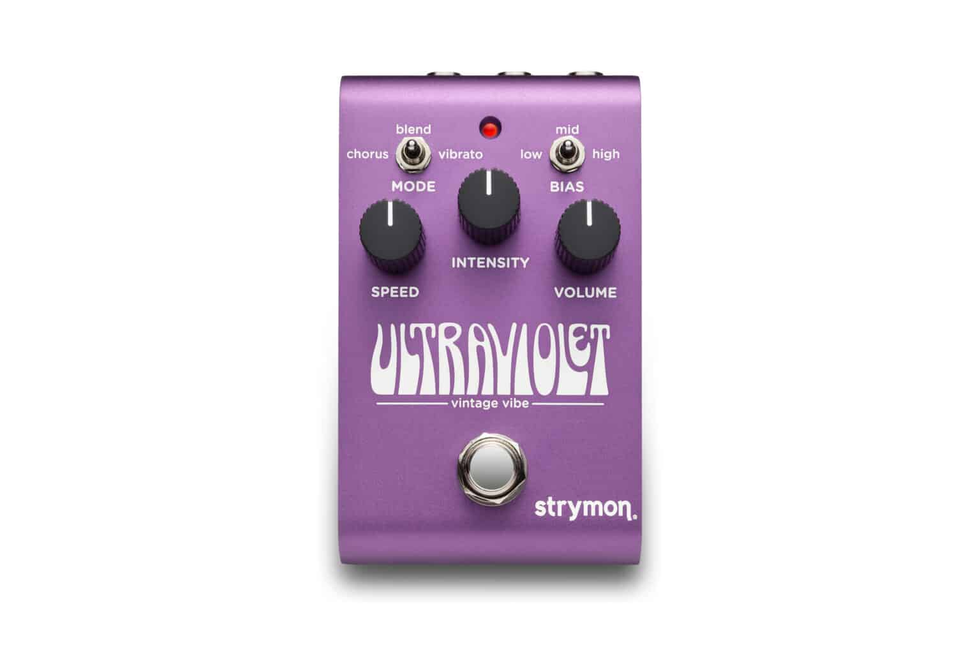
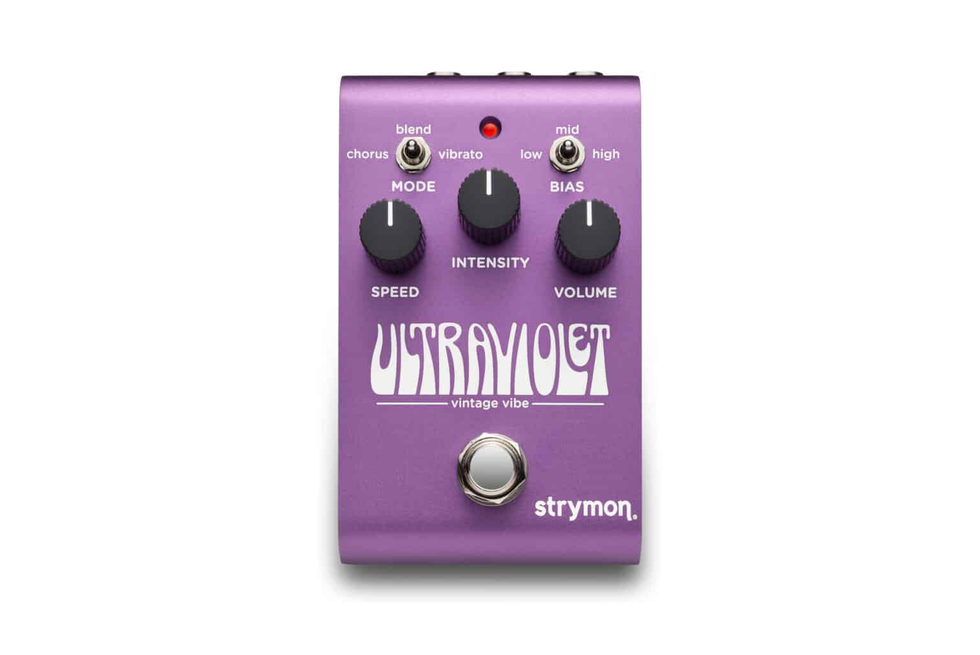
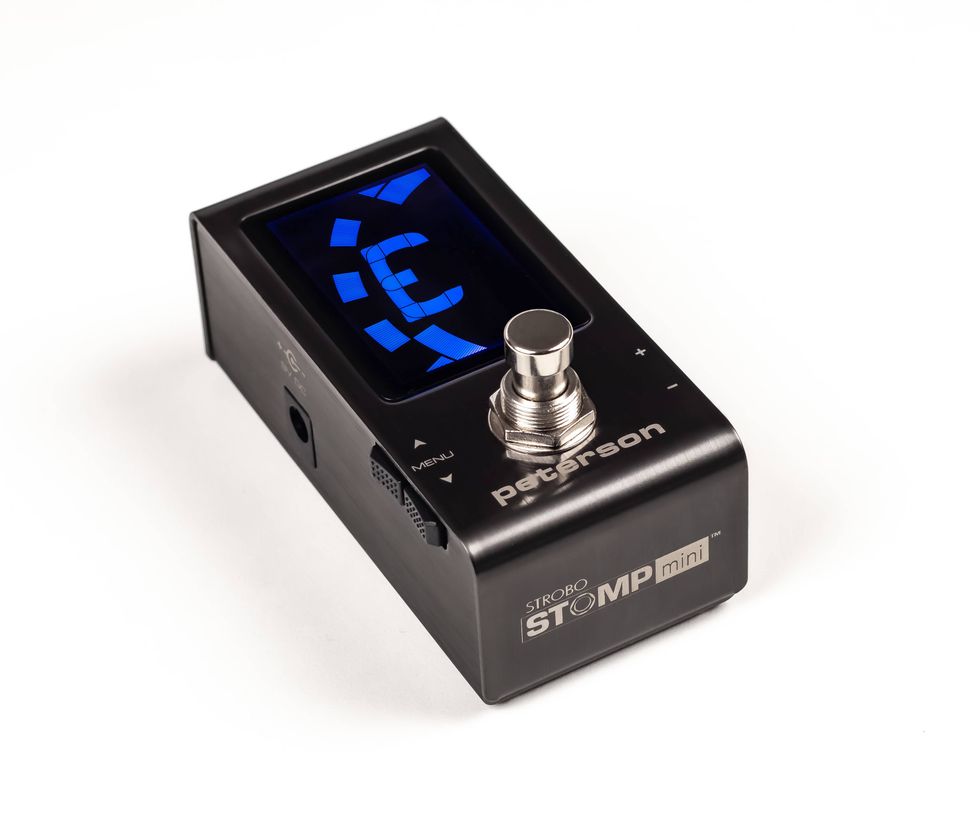
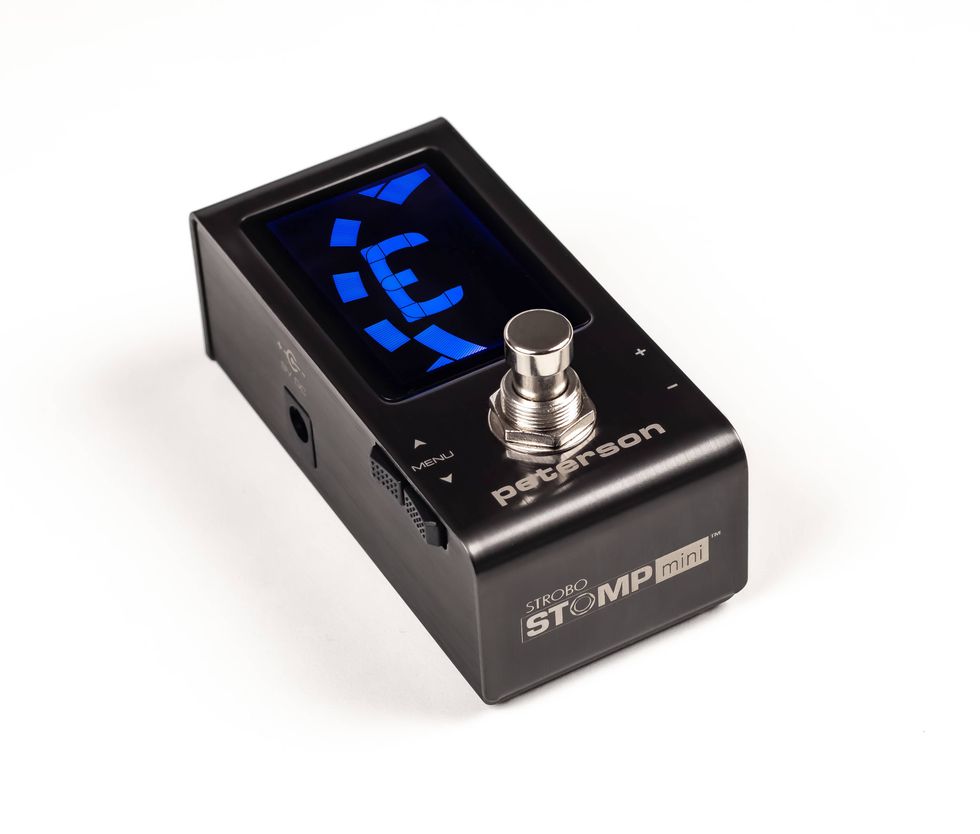

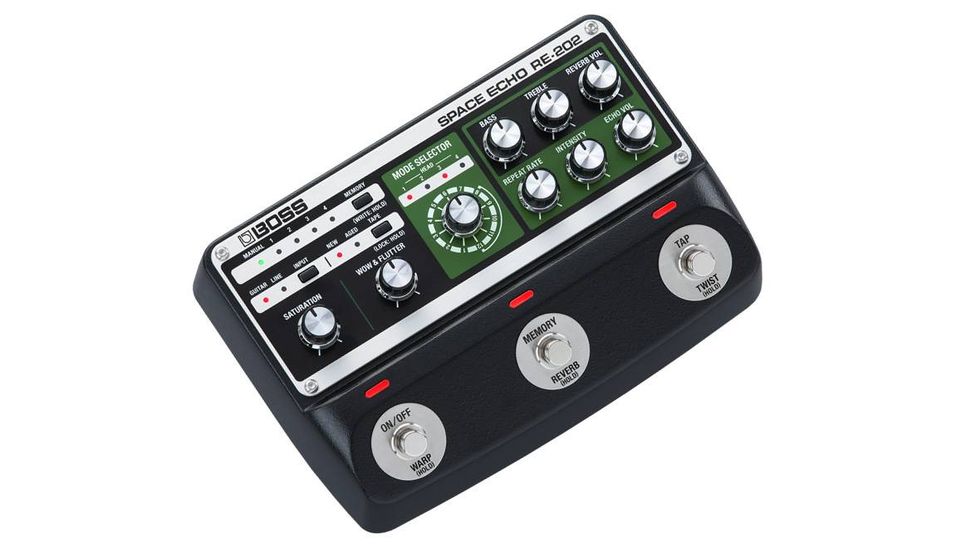
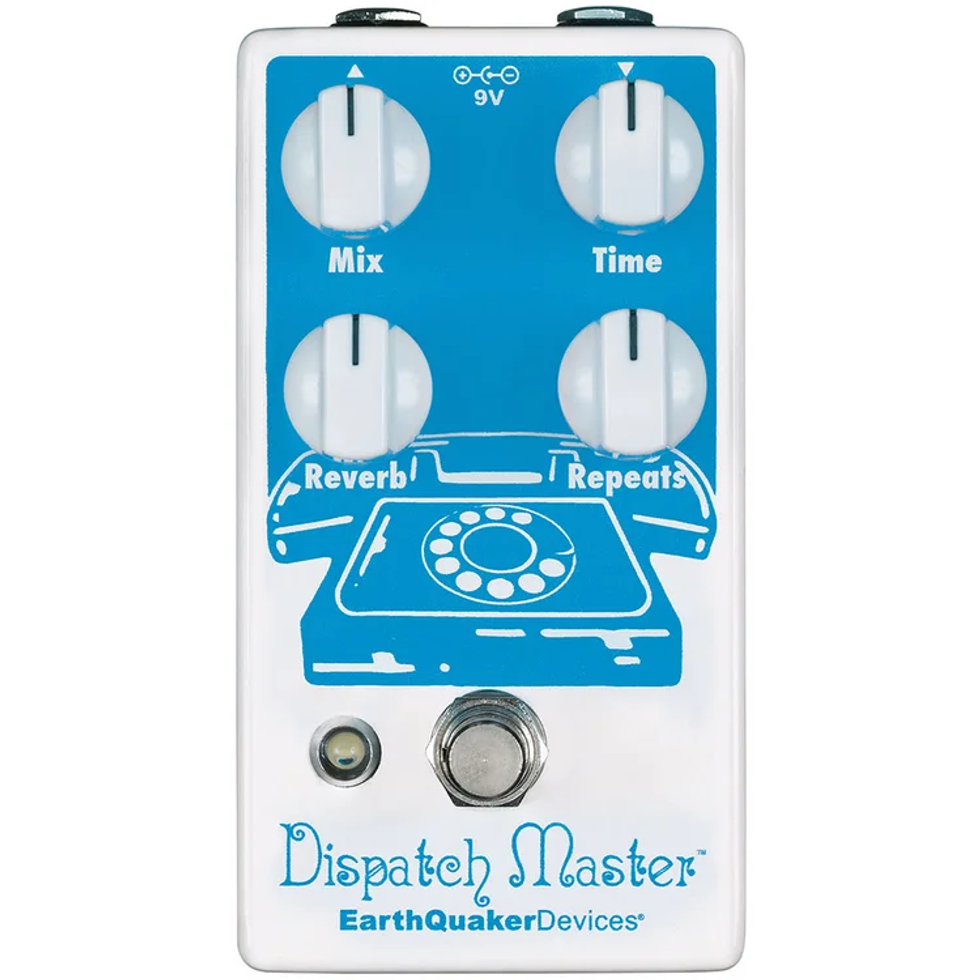
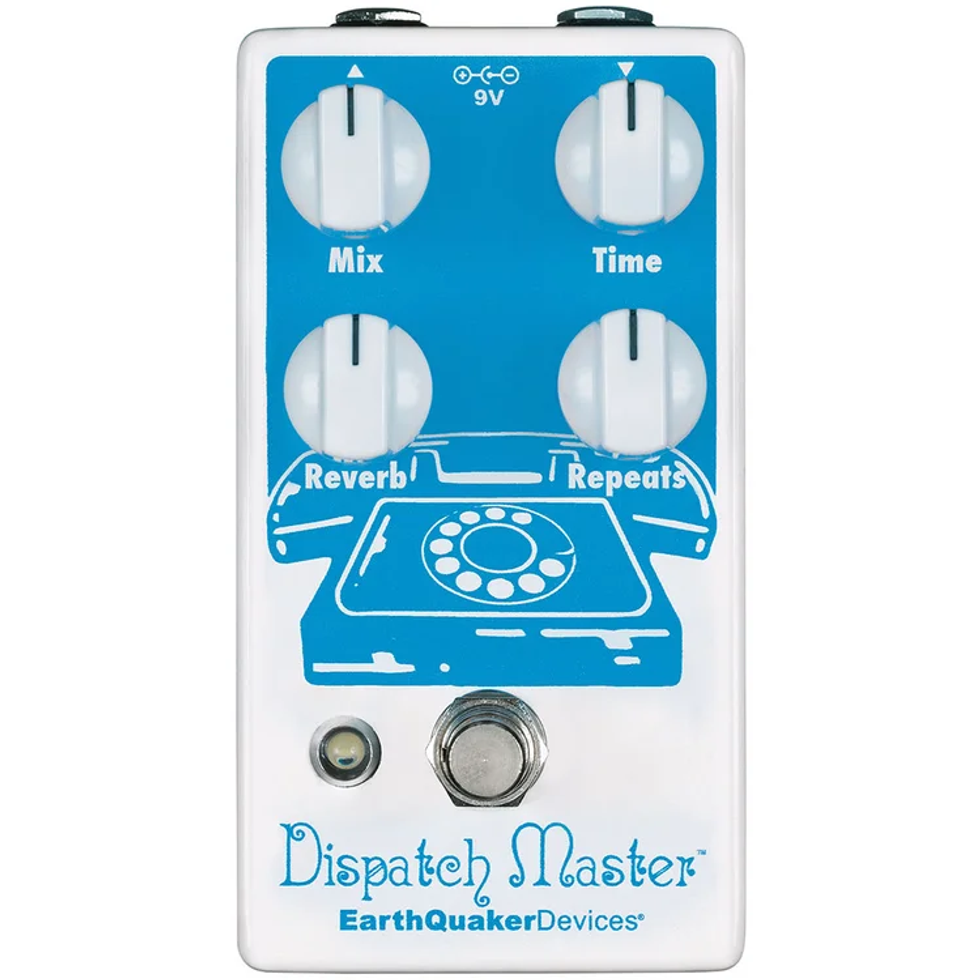
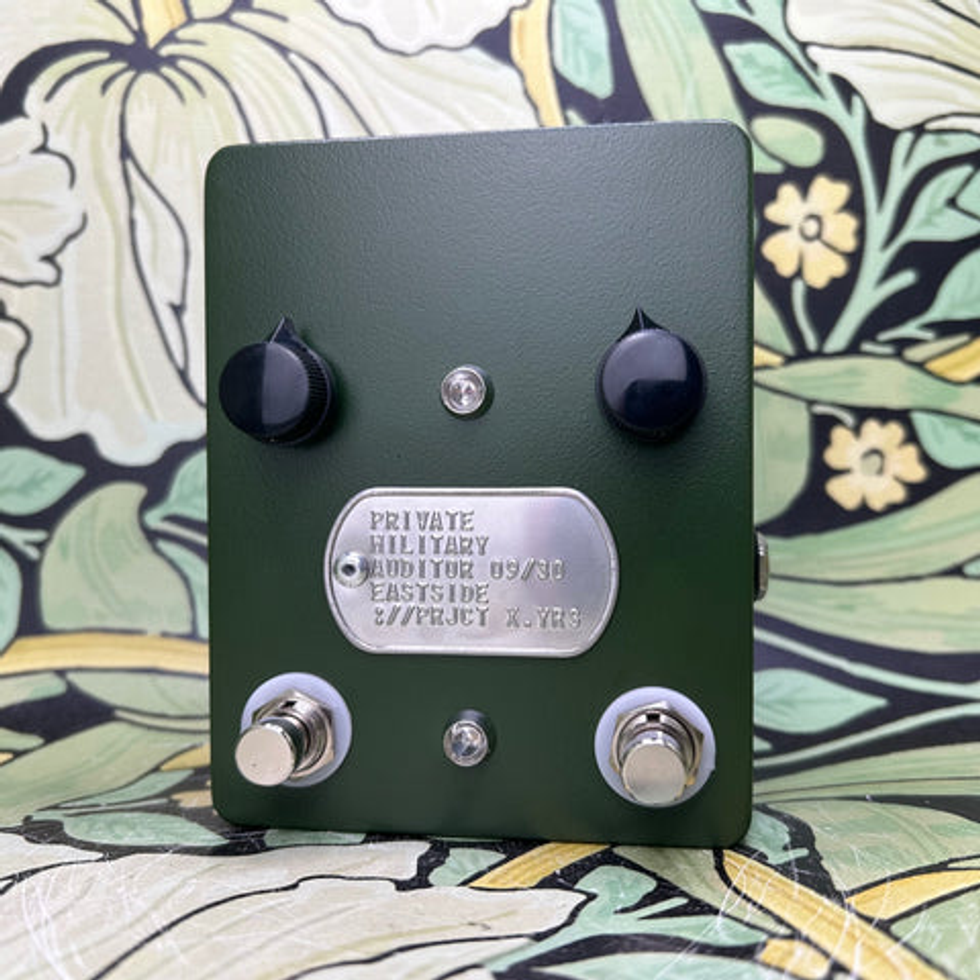
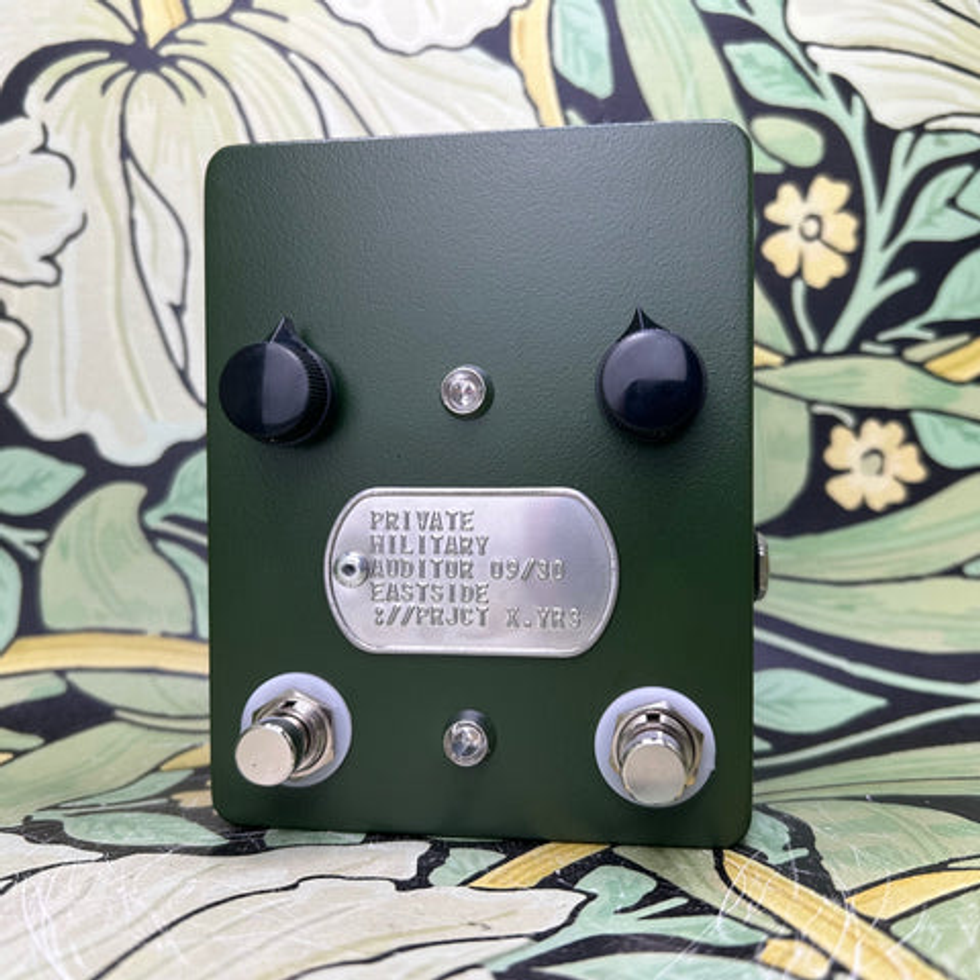
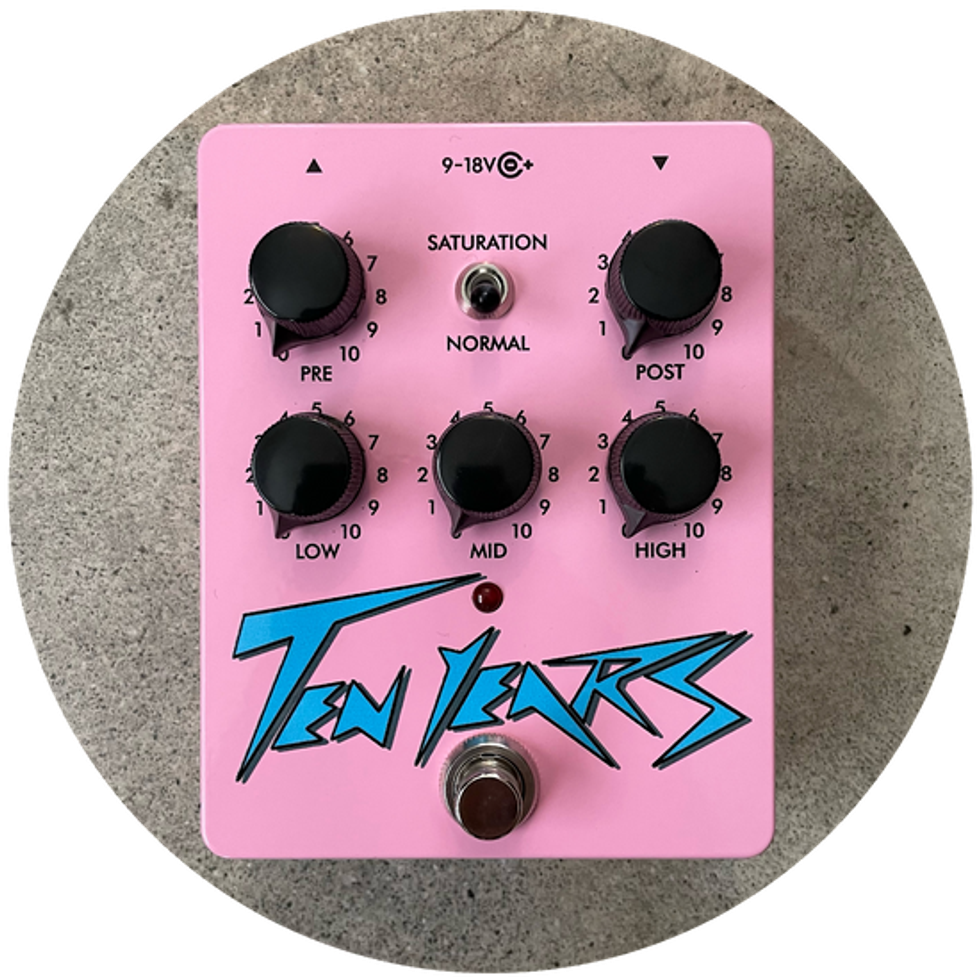
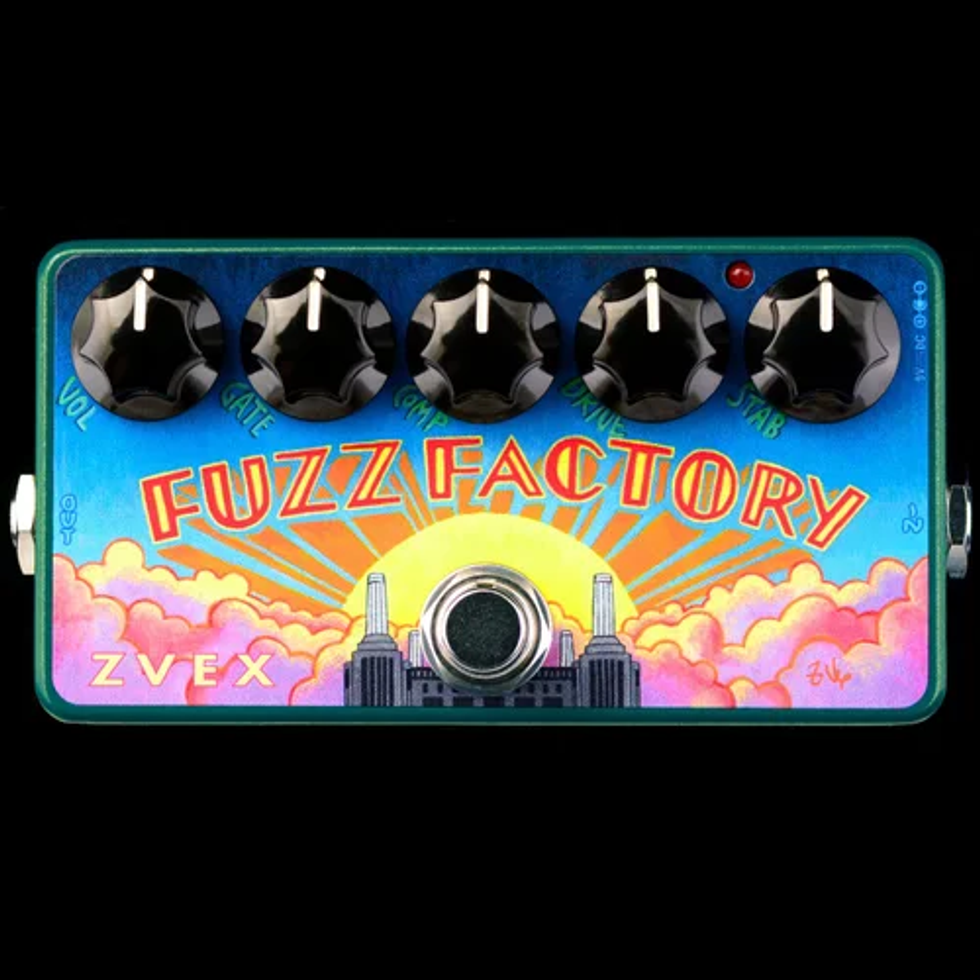
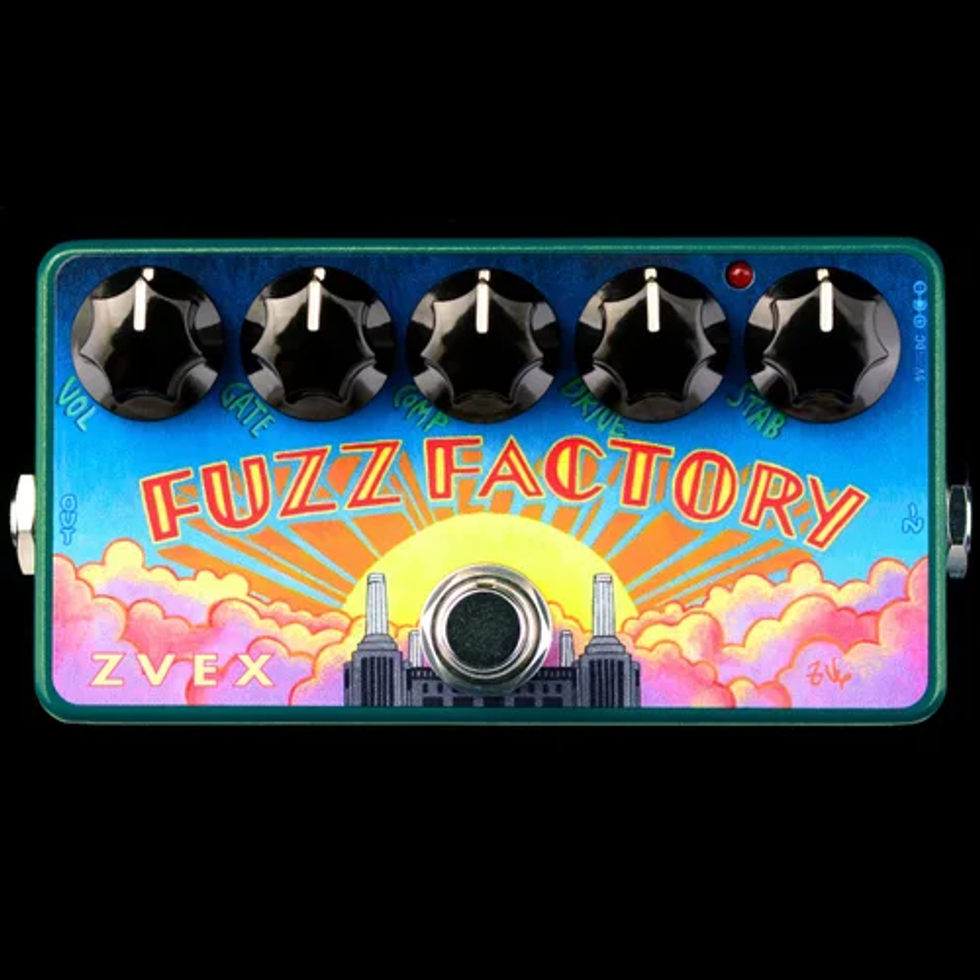
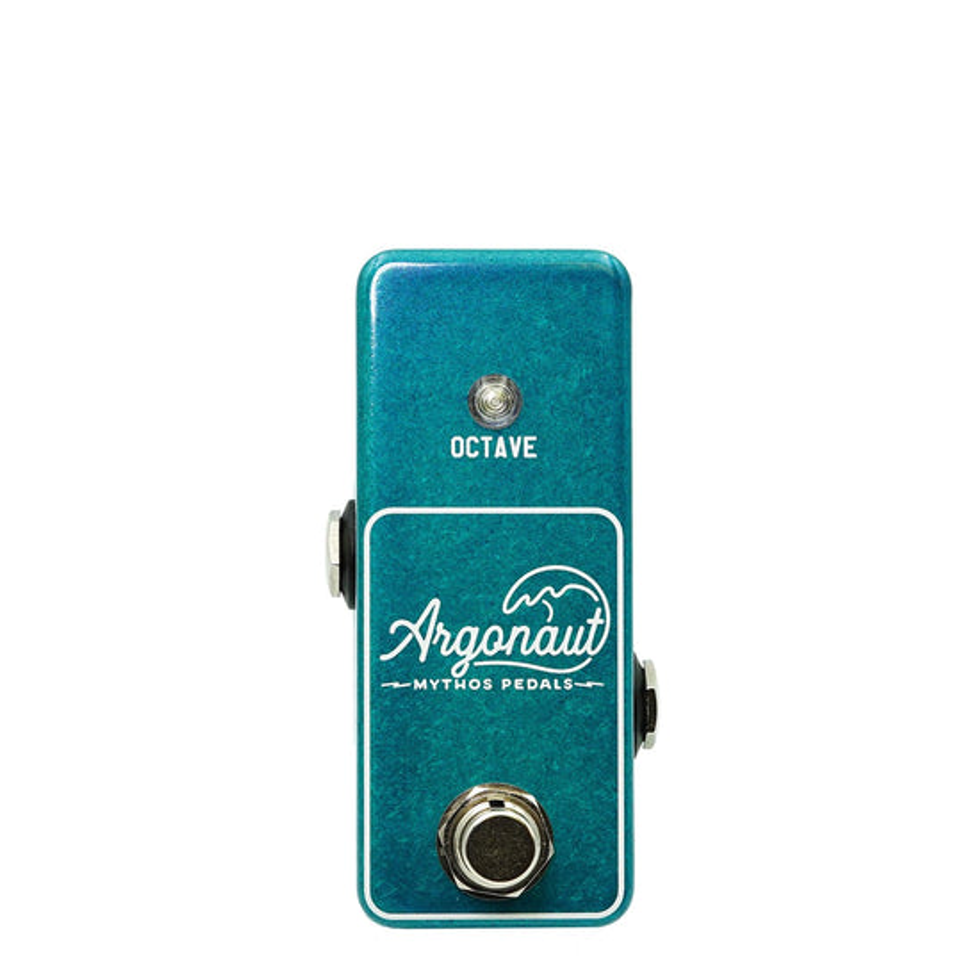
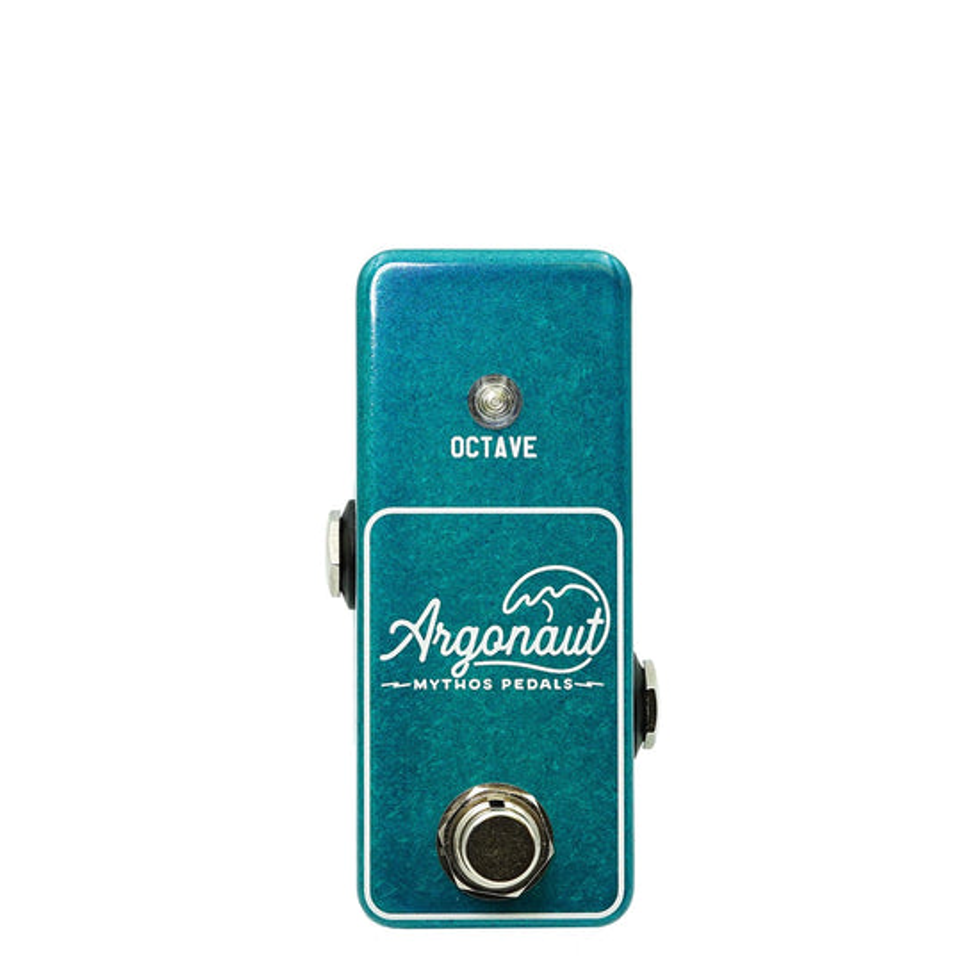
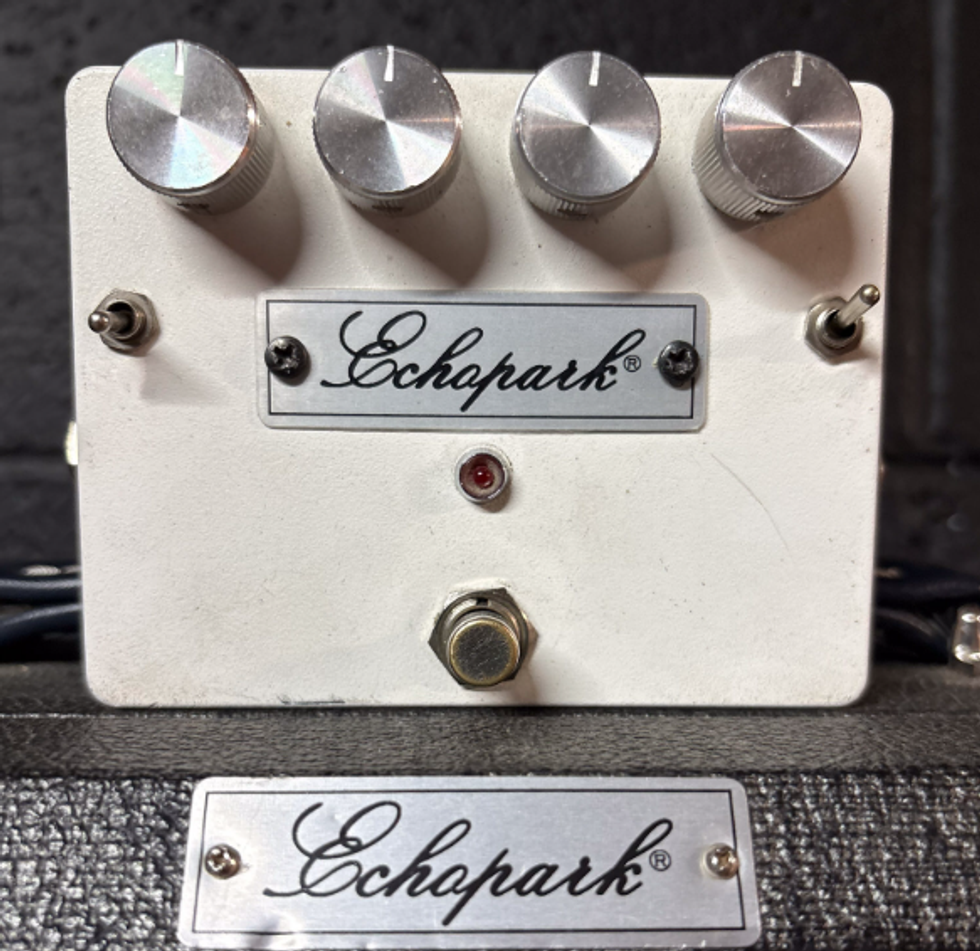
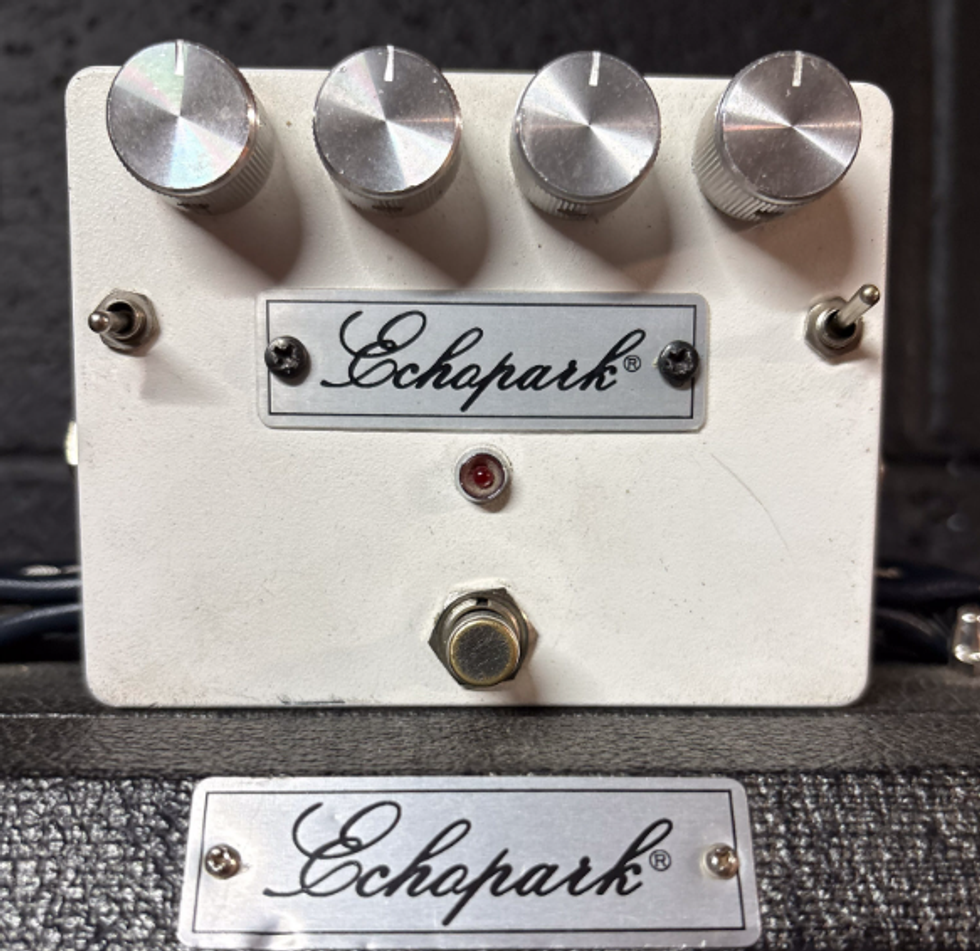








 Zach loves his Sovtek Mig 60 head, which he plays through a cab he built himself at a pipe-organ shop in Denver. Every glue joint is lined with thin leather for maximum air tightness, and it’s stocked with Celestion G12M Greenback speakers.
Zach loves his Sovtek Mig 60 head, which he plays through a cab he built himself at a pipe-organ shop in Denver. Every glue joint is lined with thin leather for maximum air tightness, and it’s stocked with Celestion G12M Greenback speakers.






